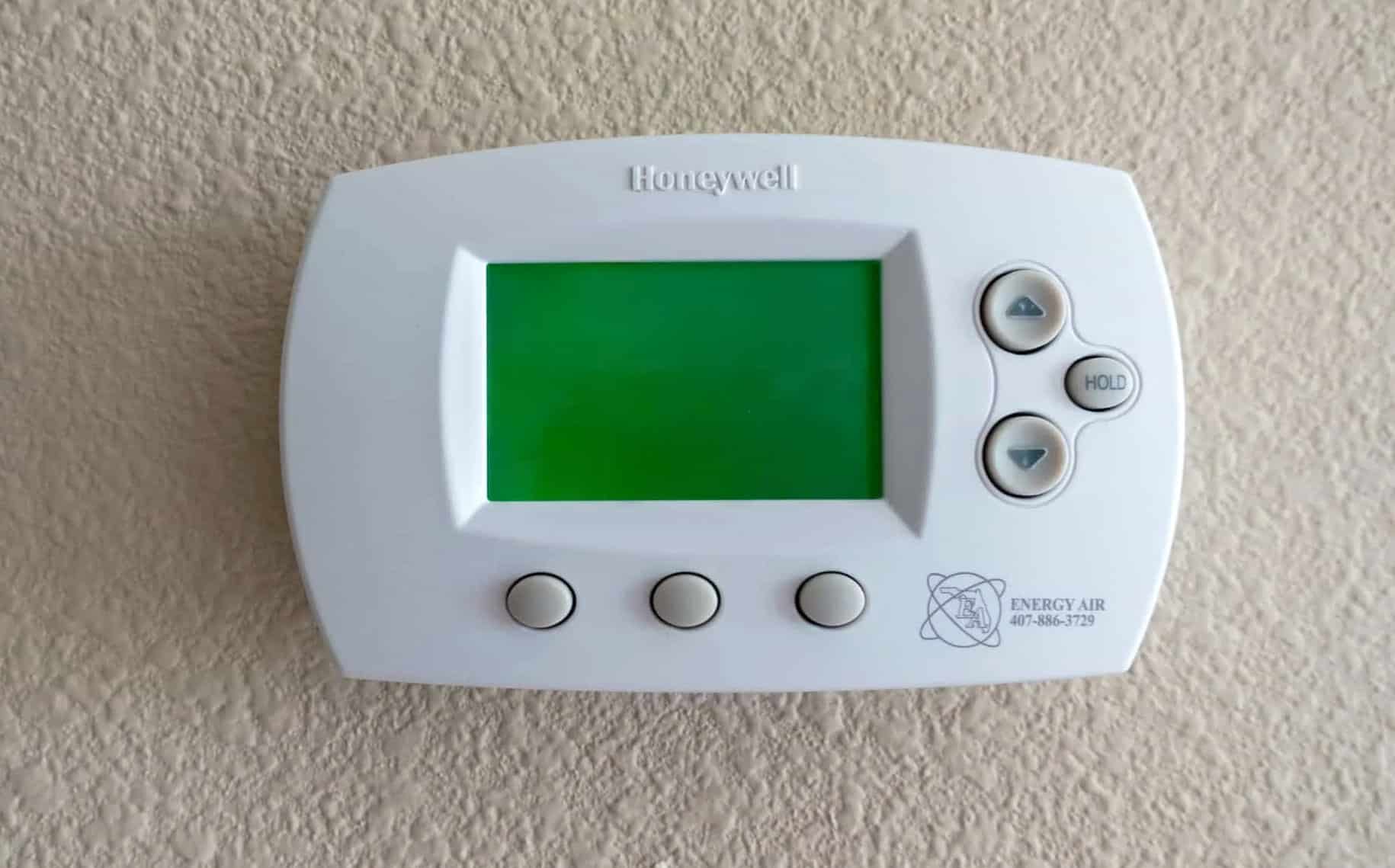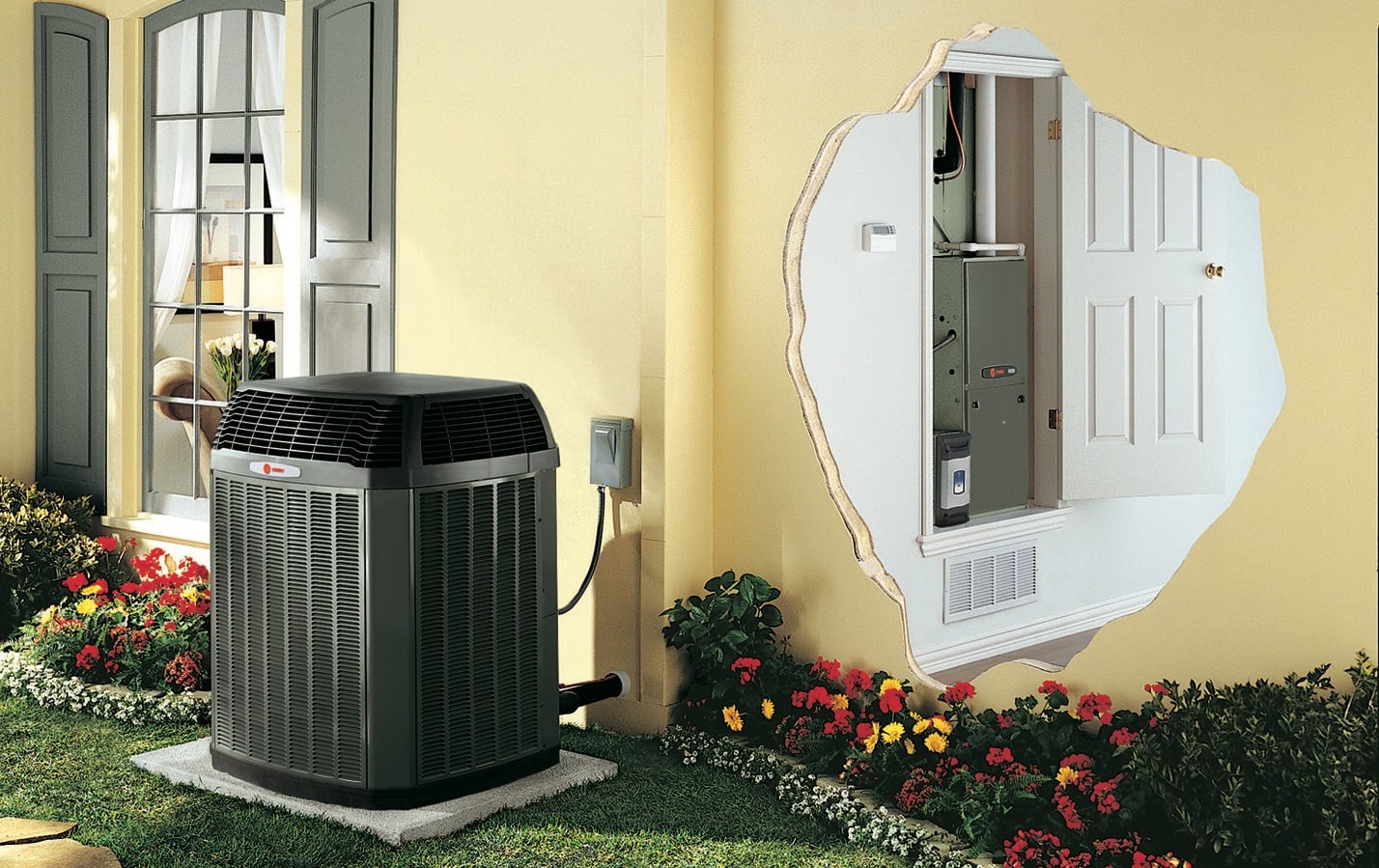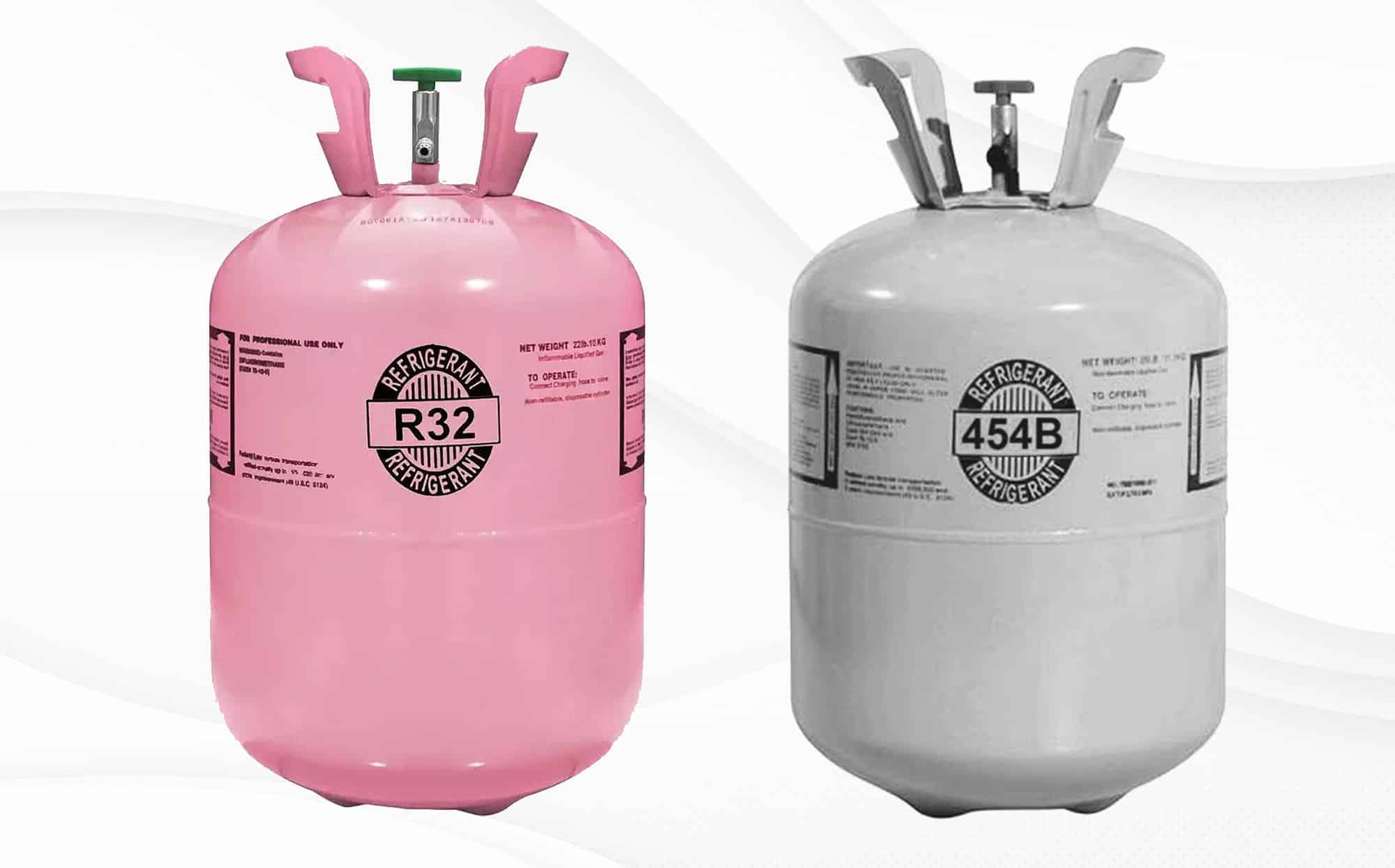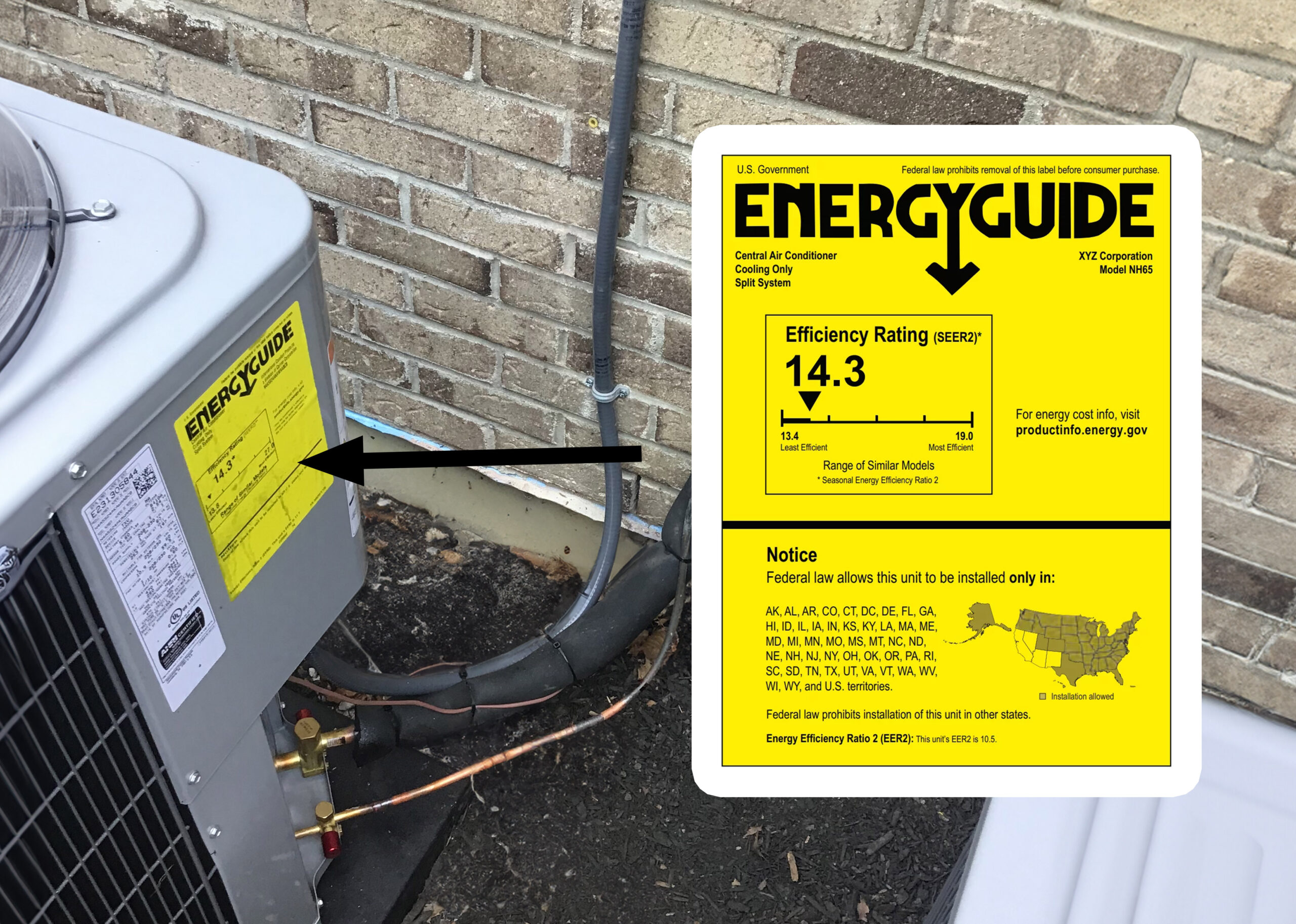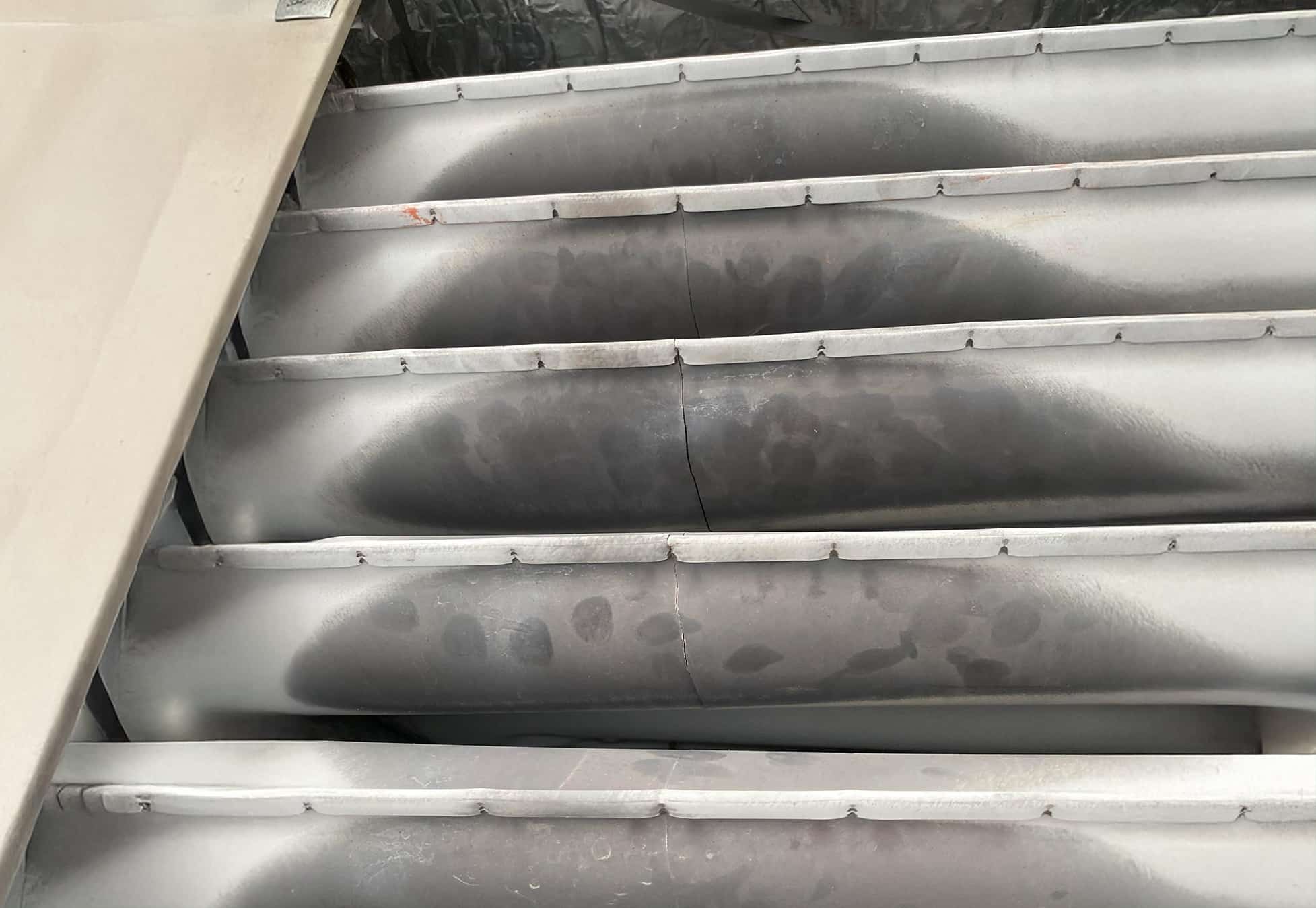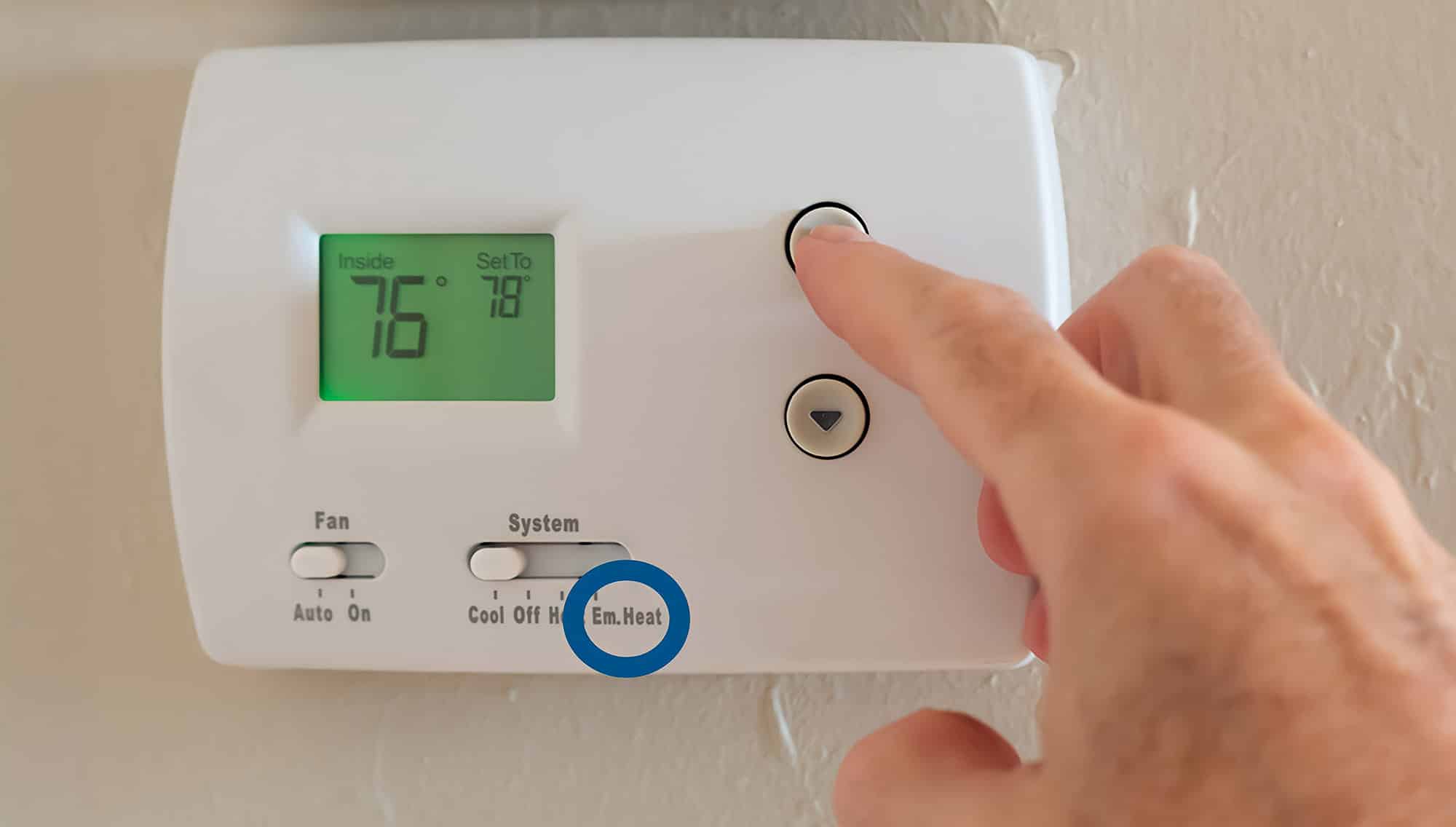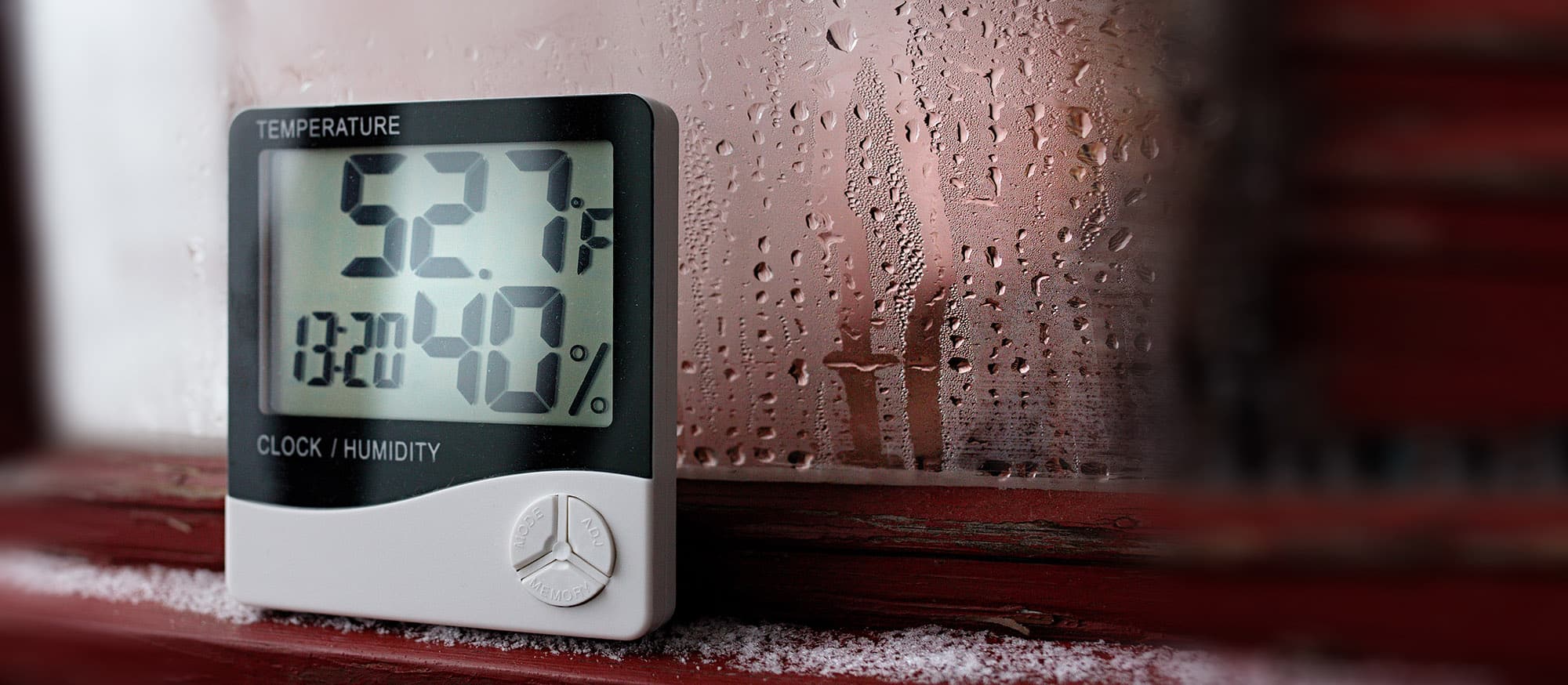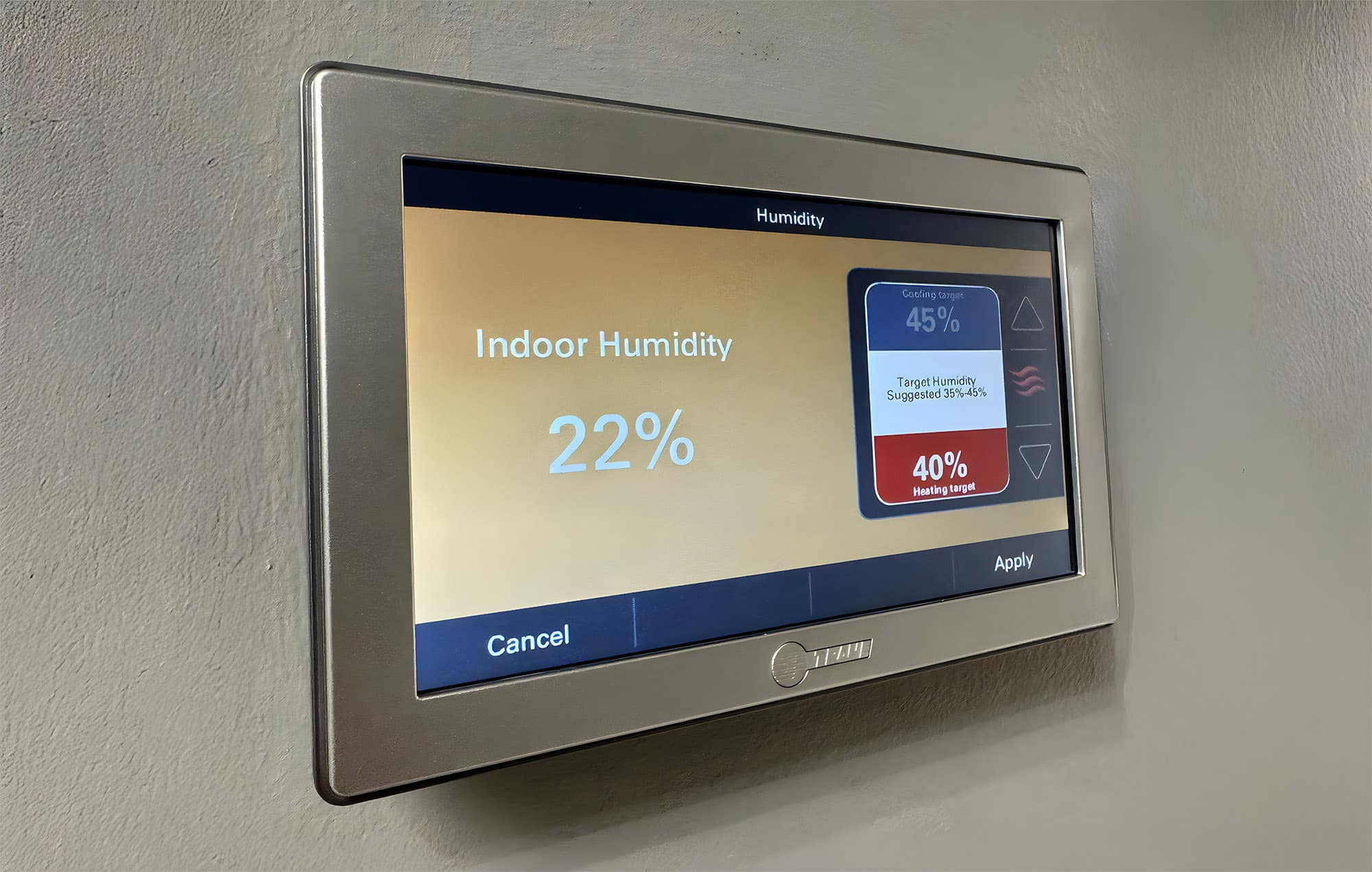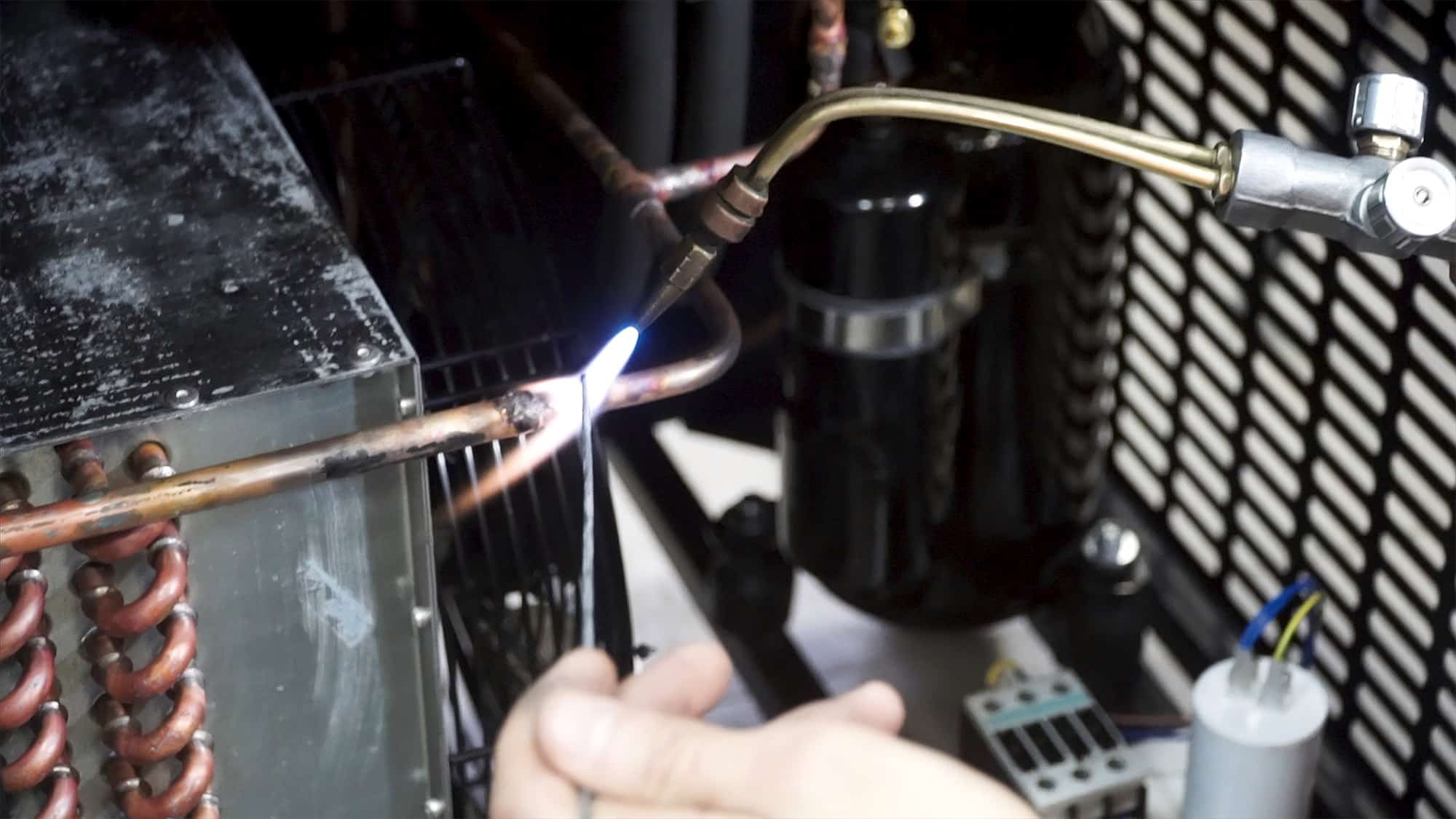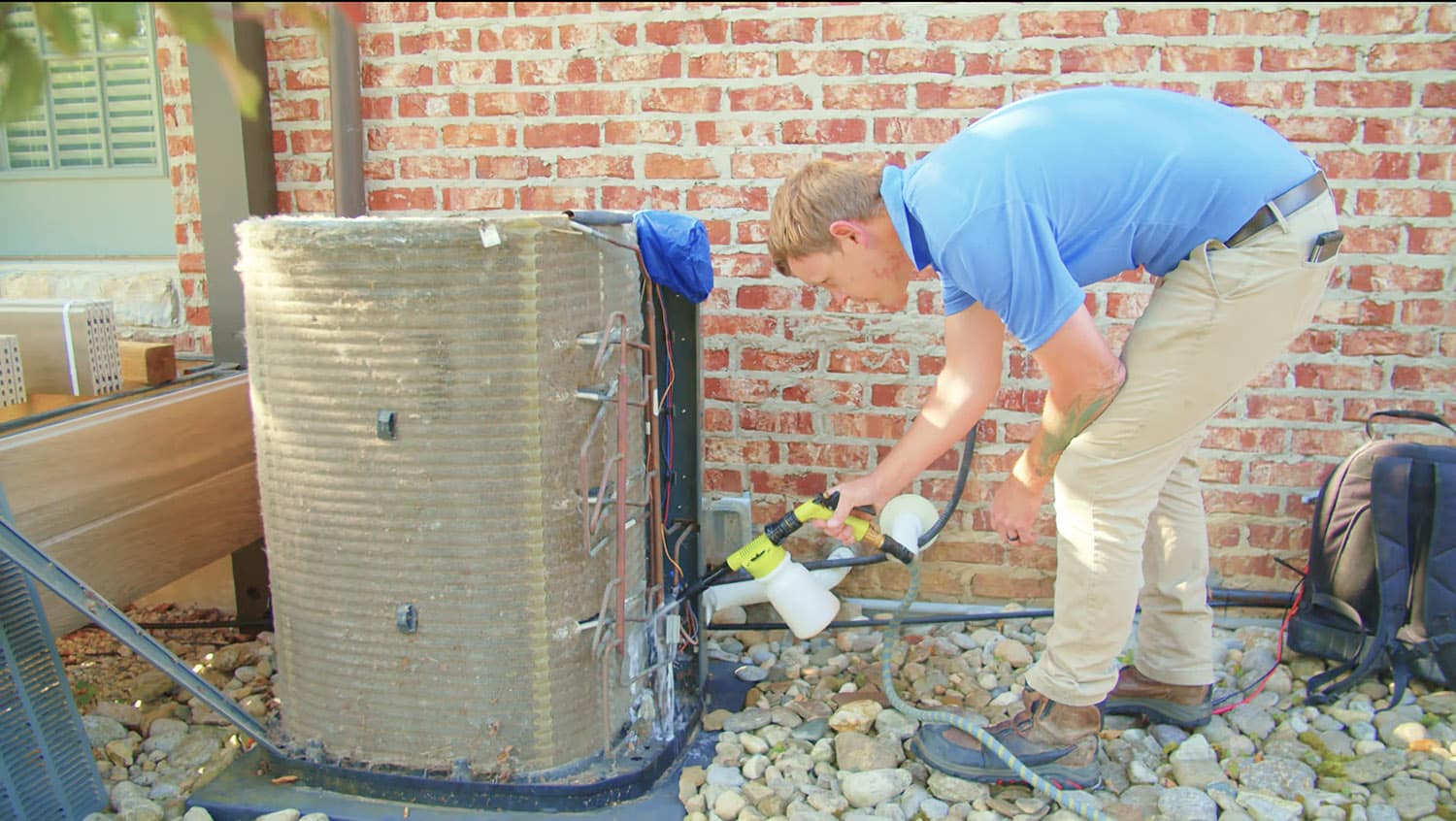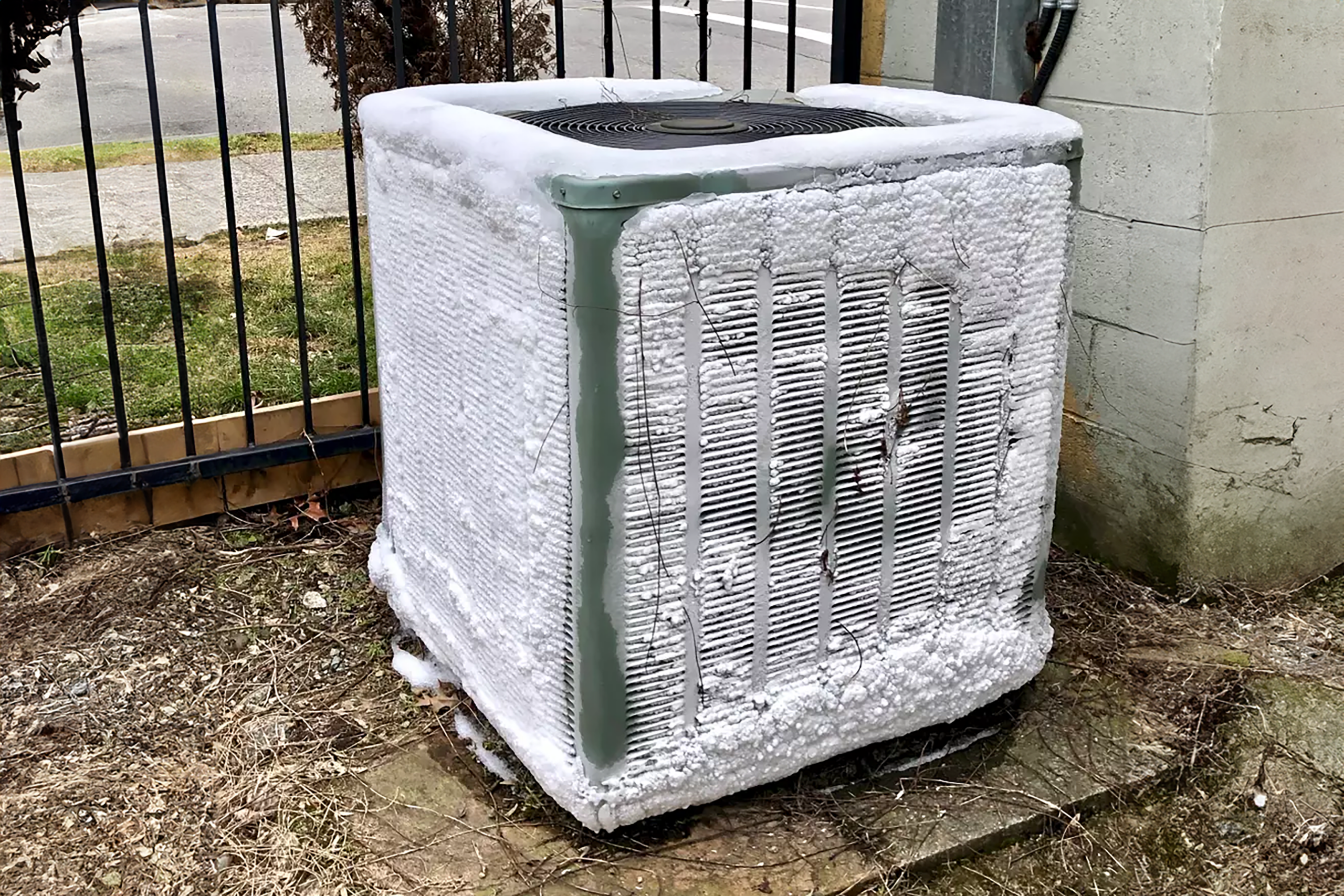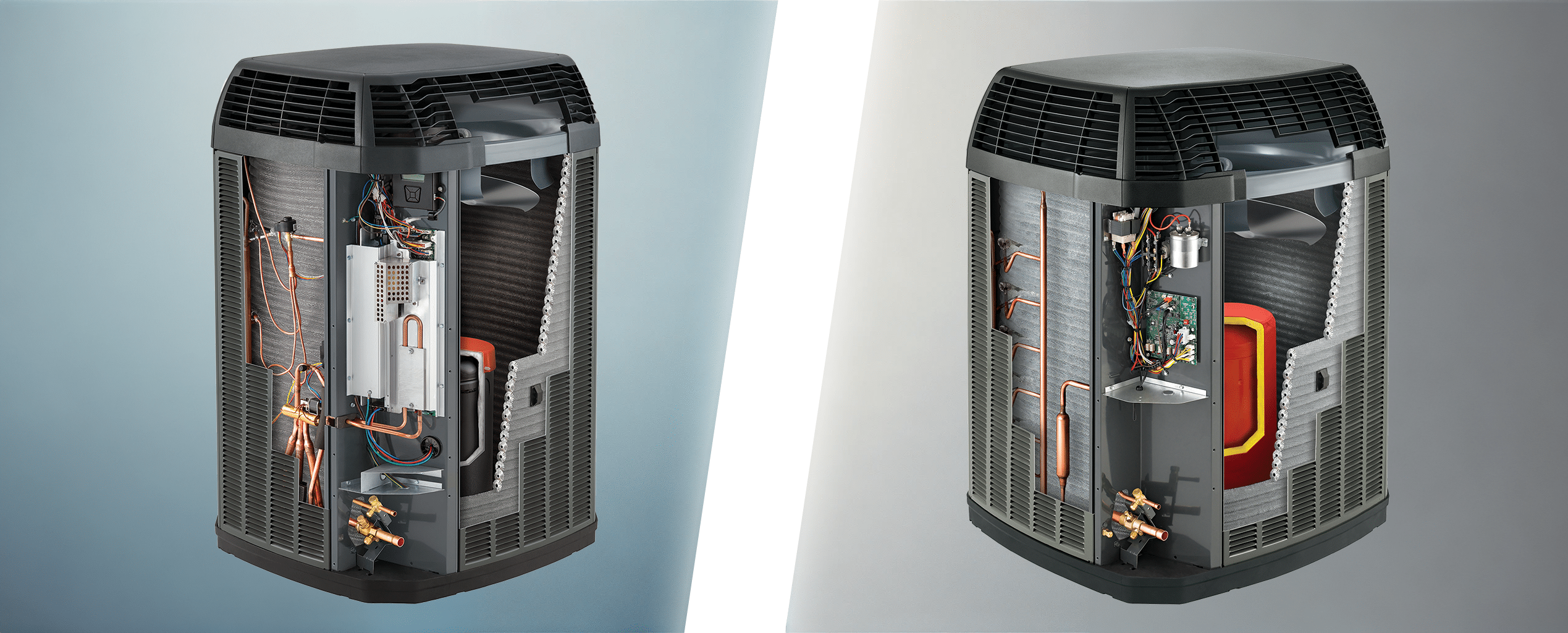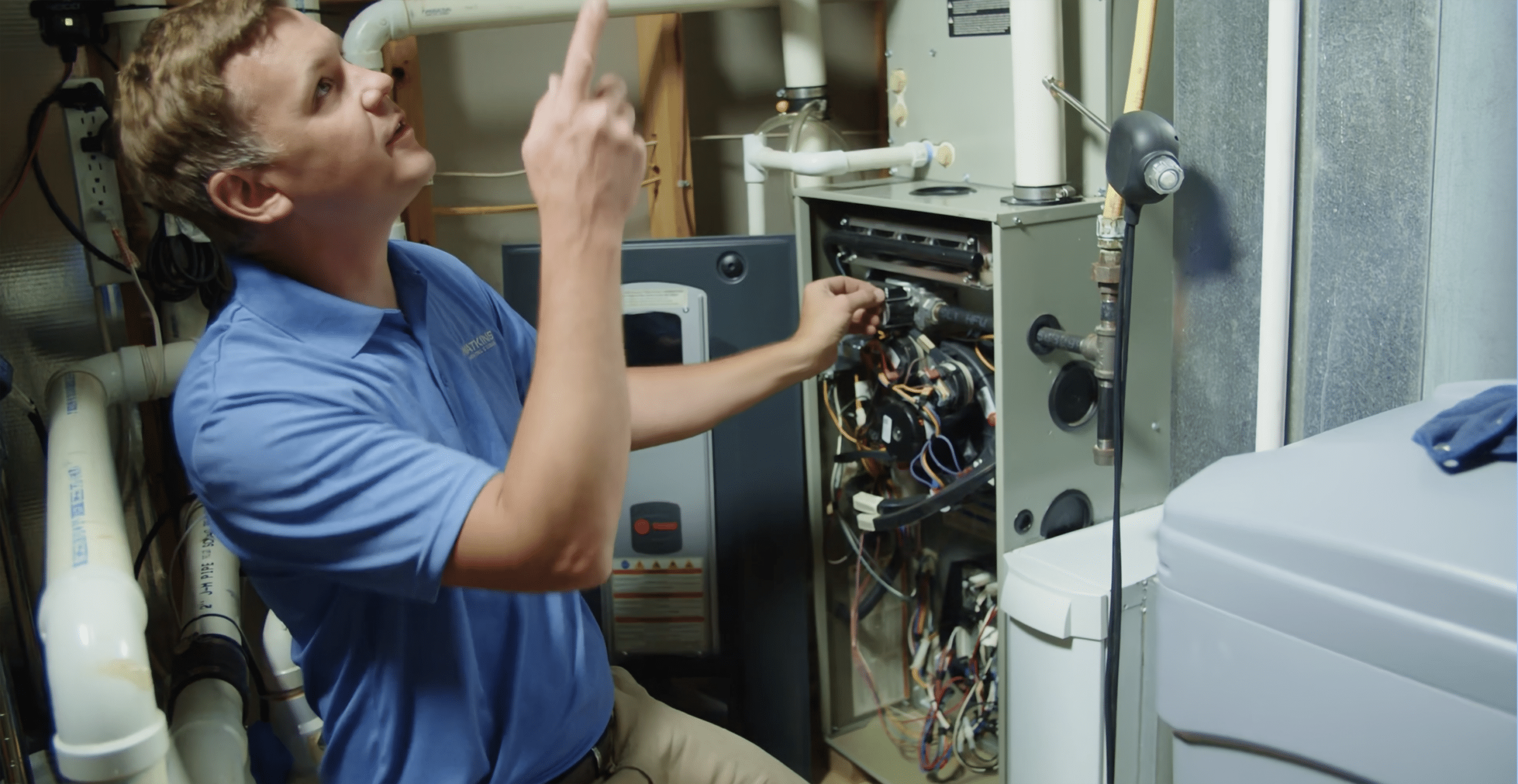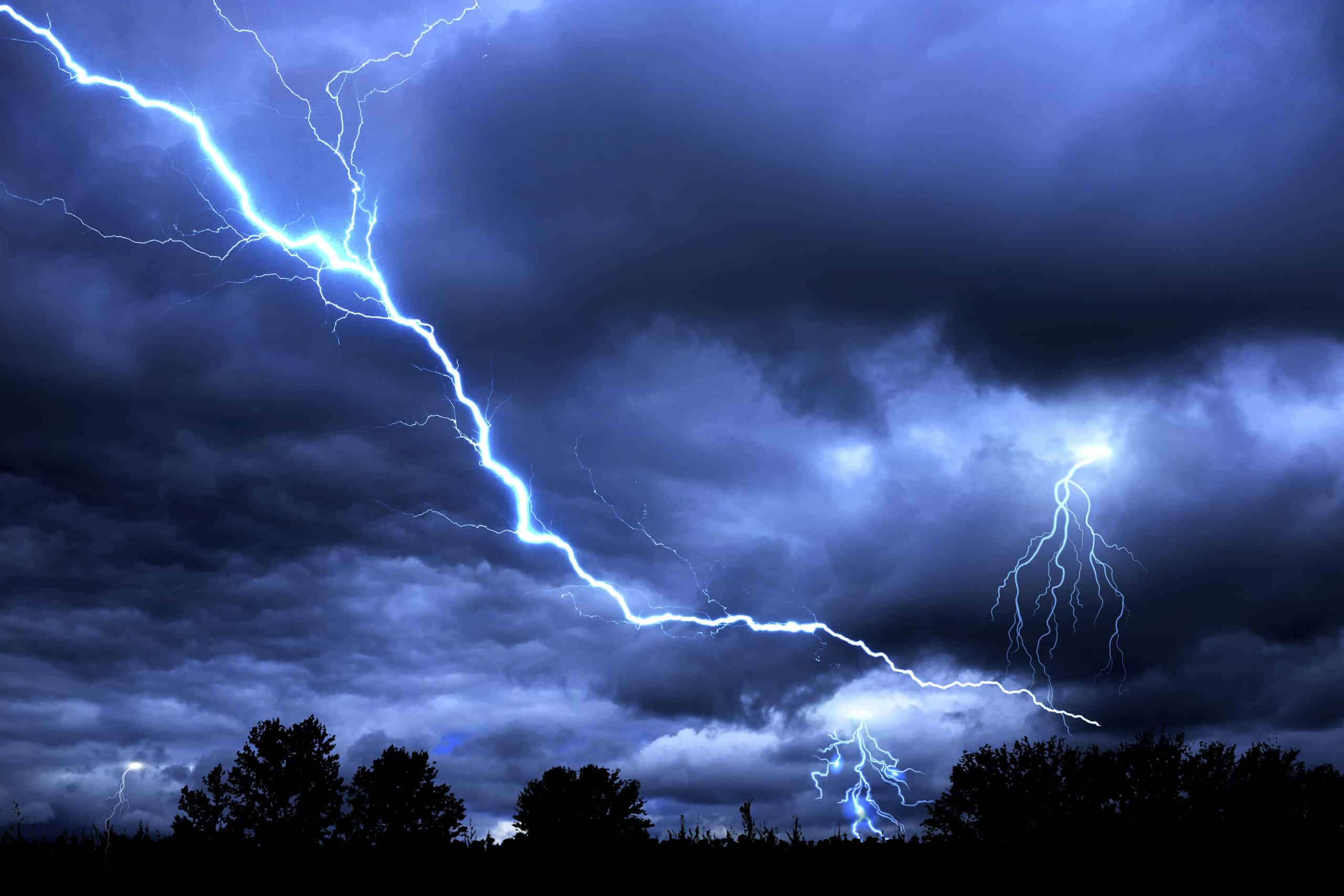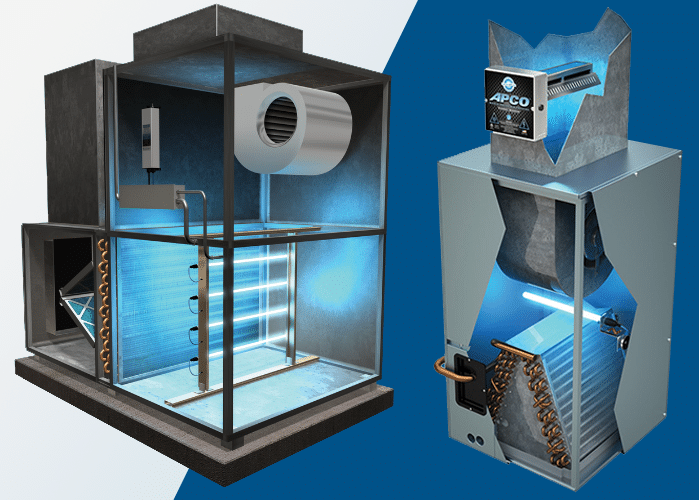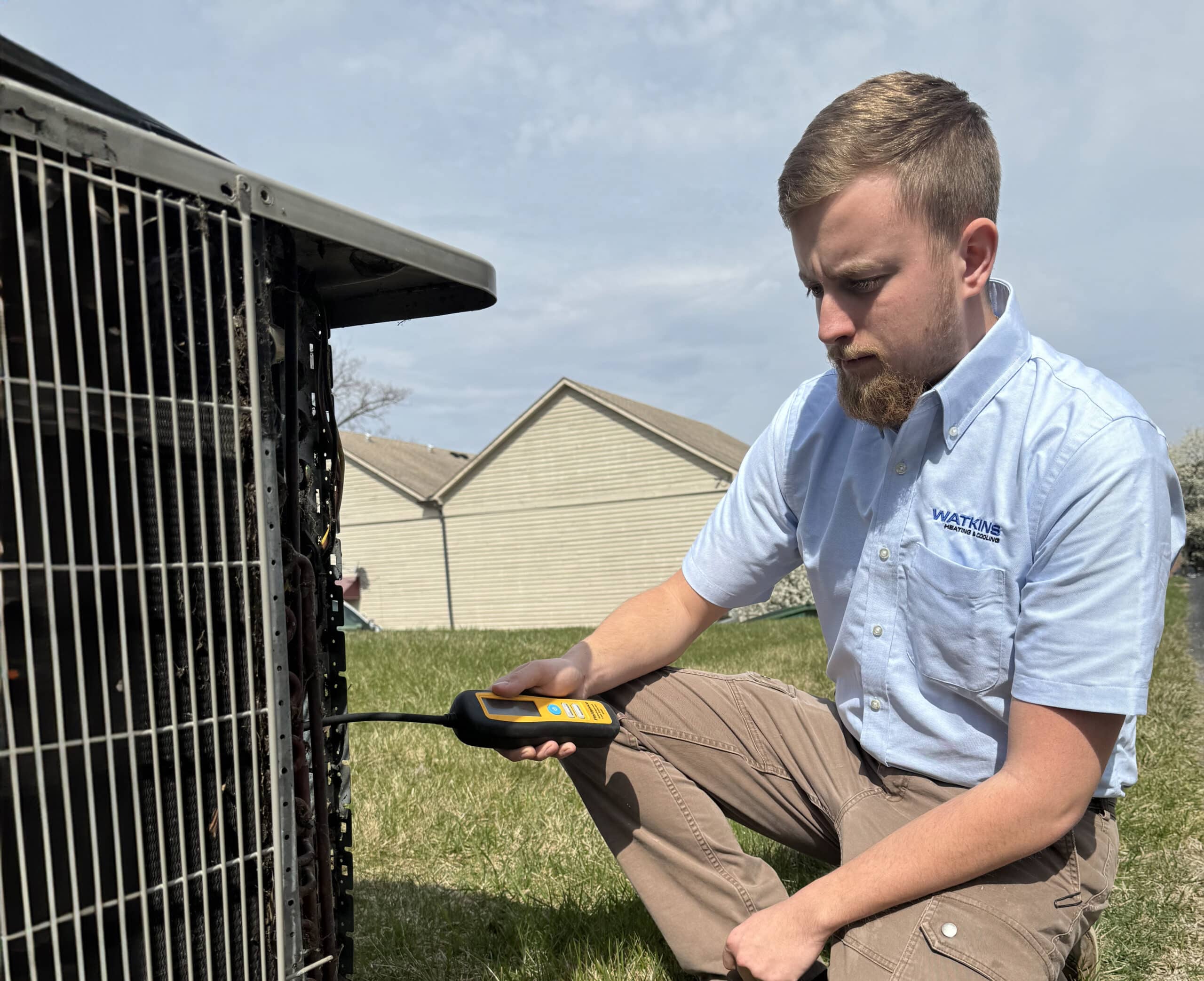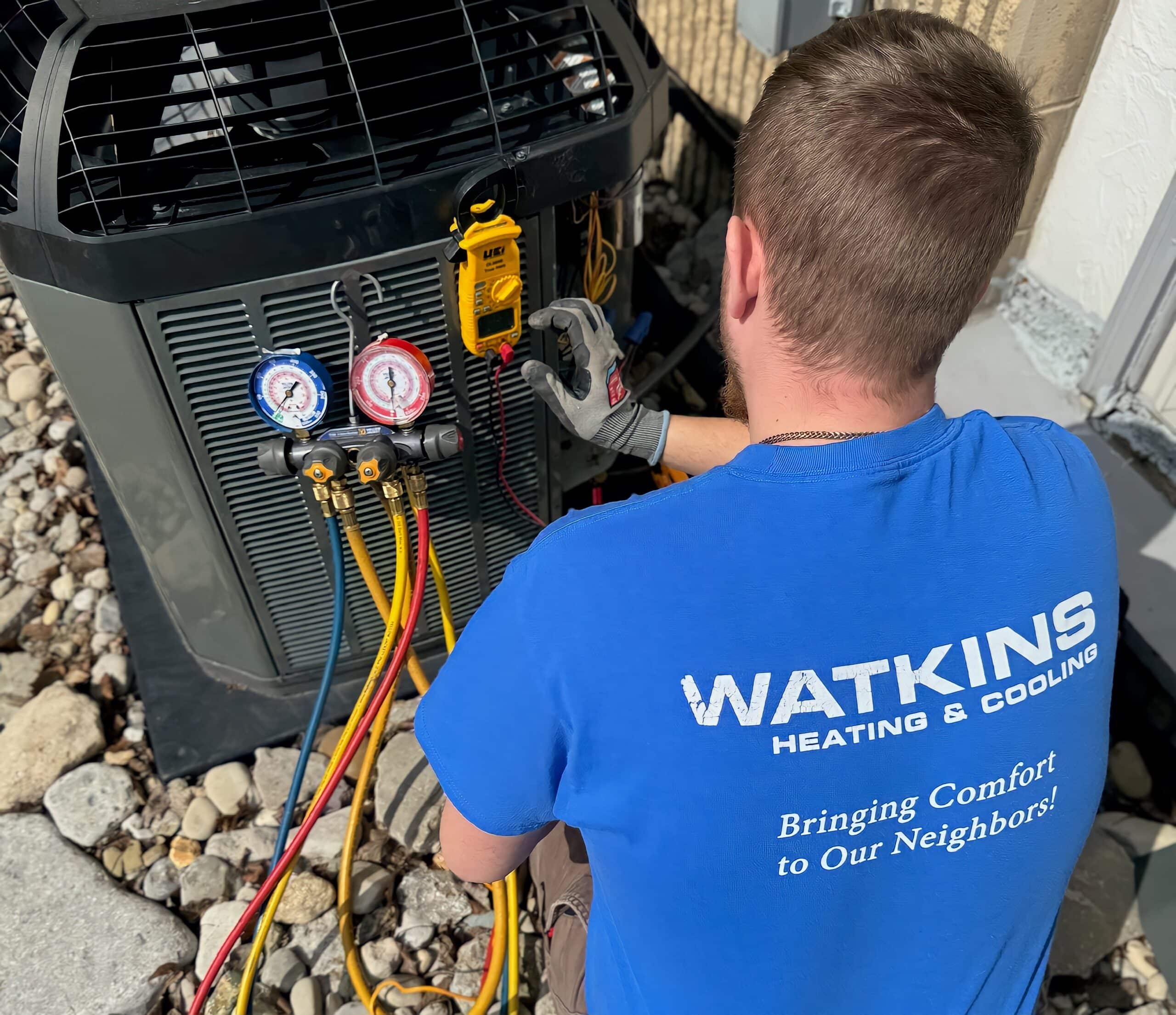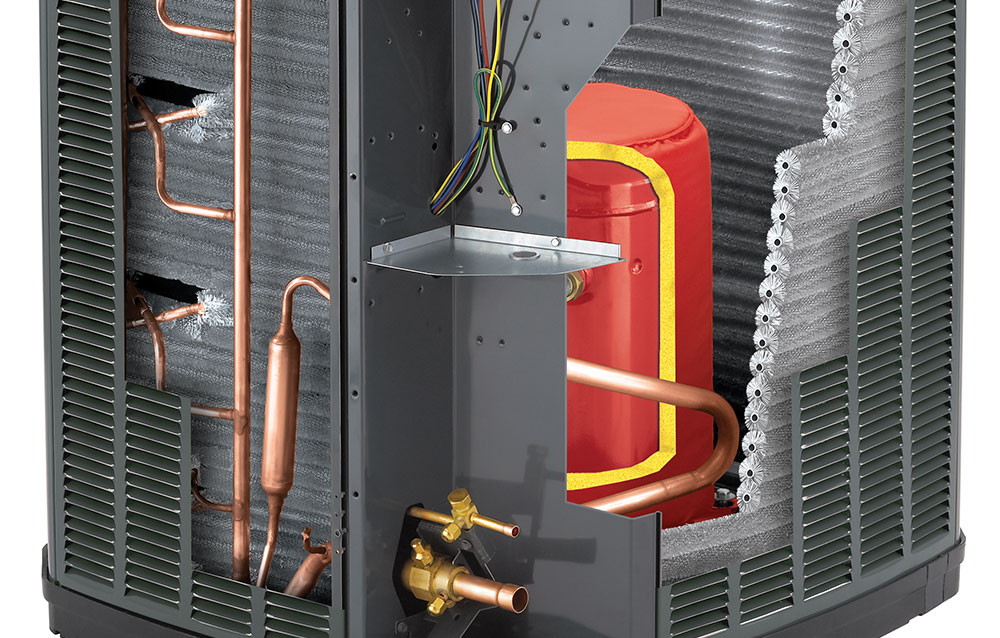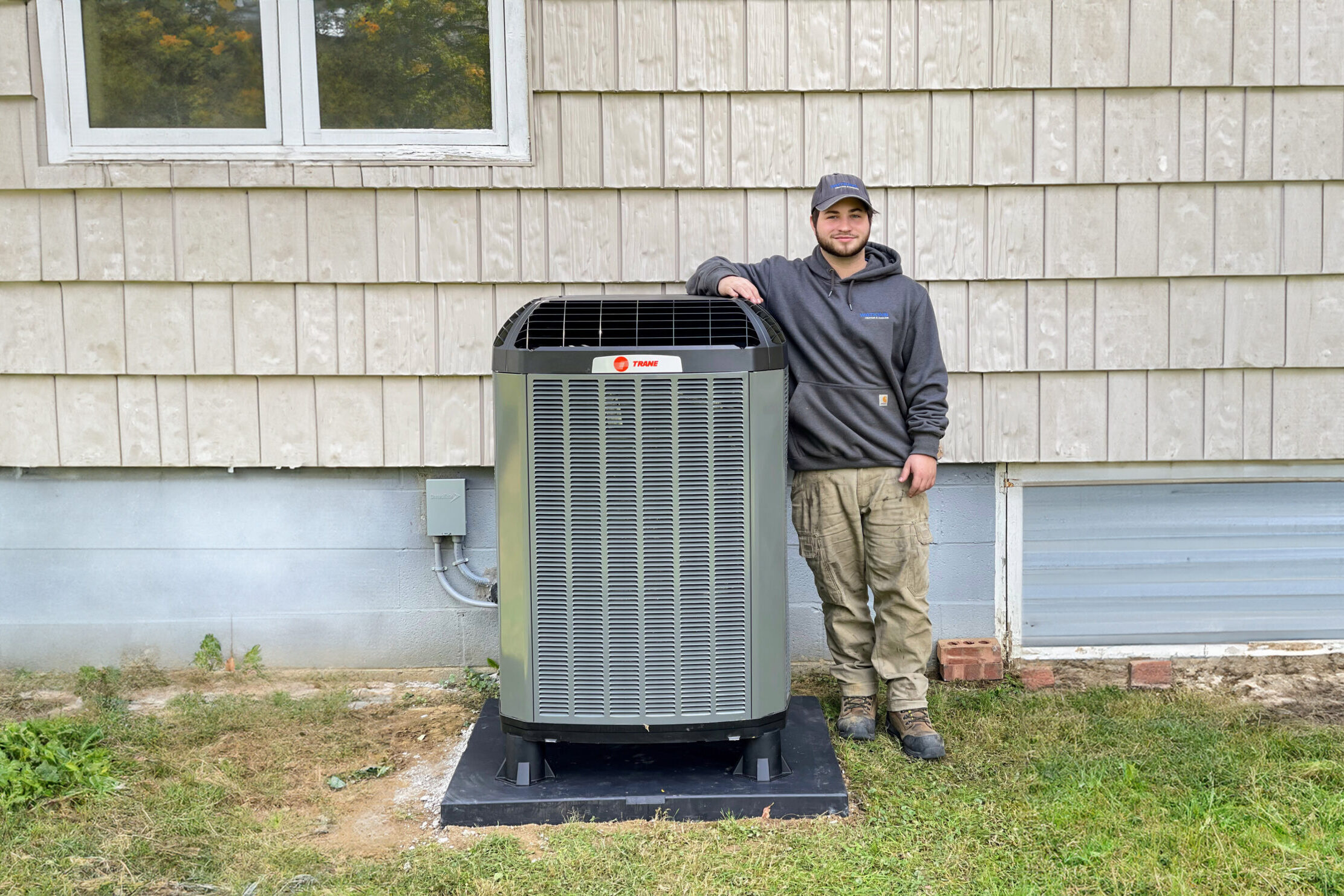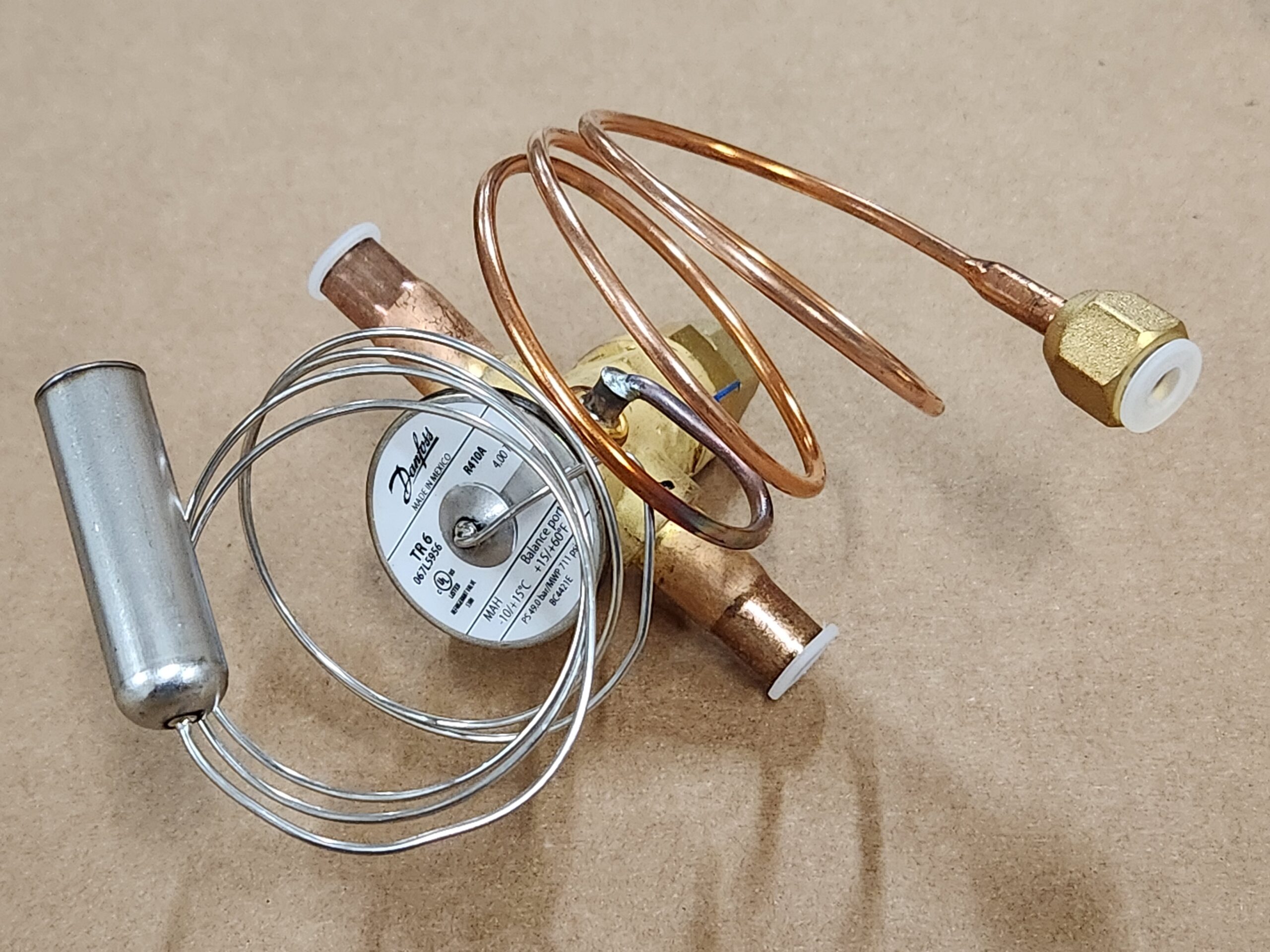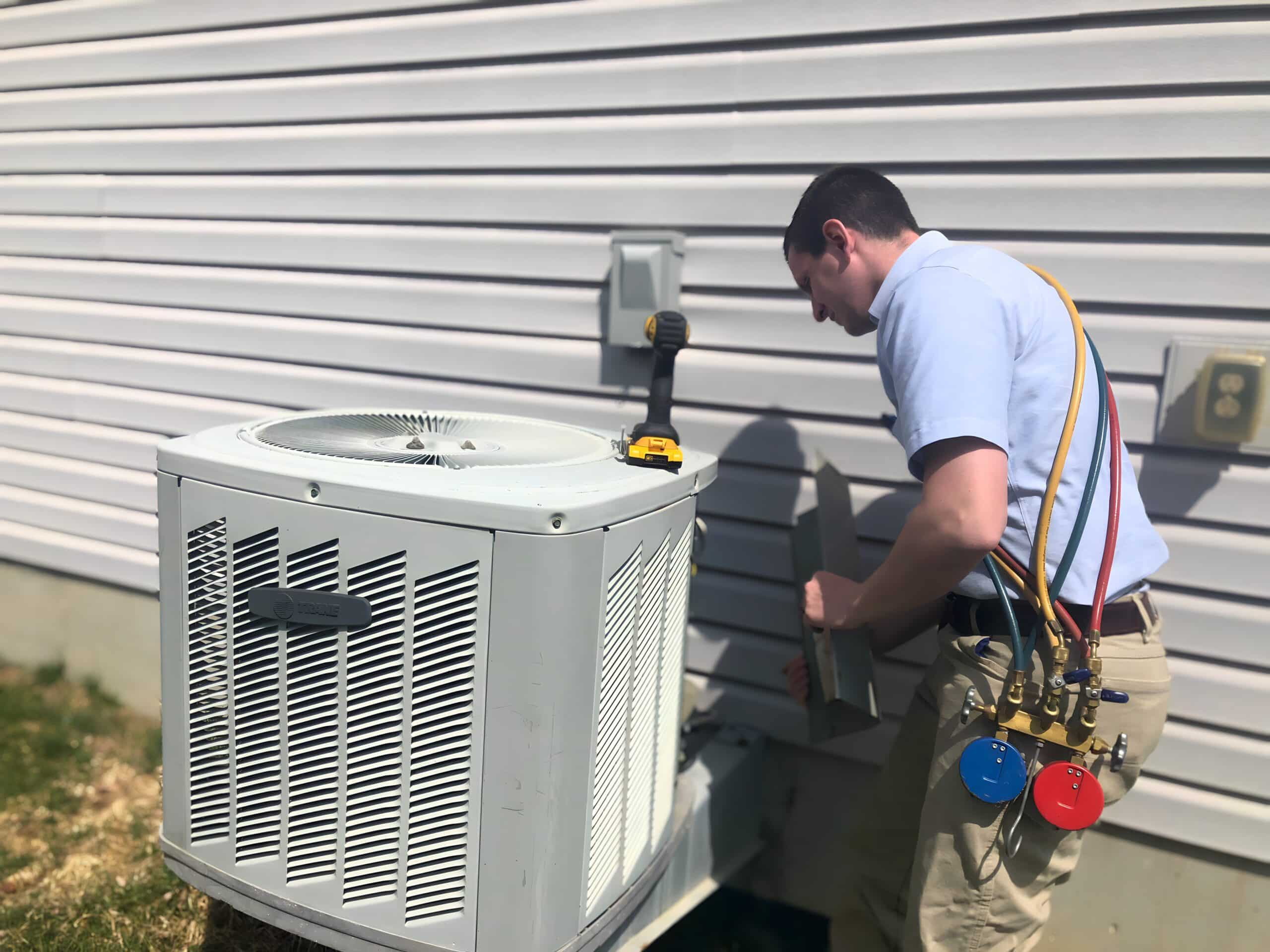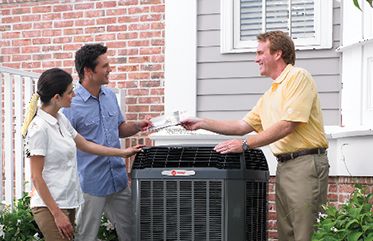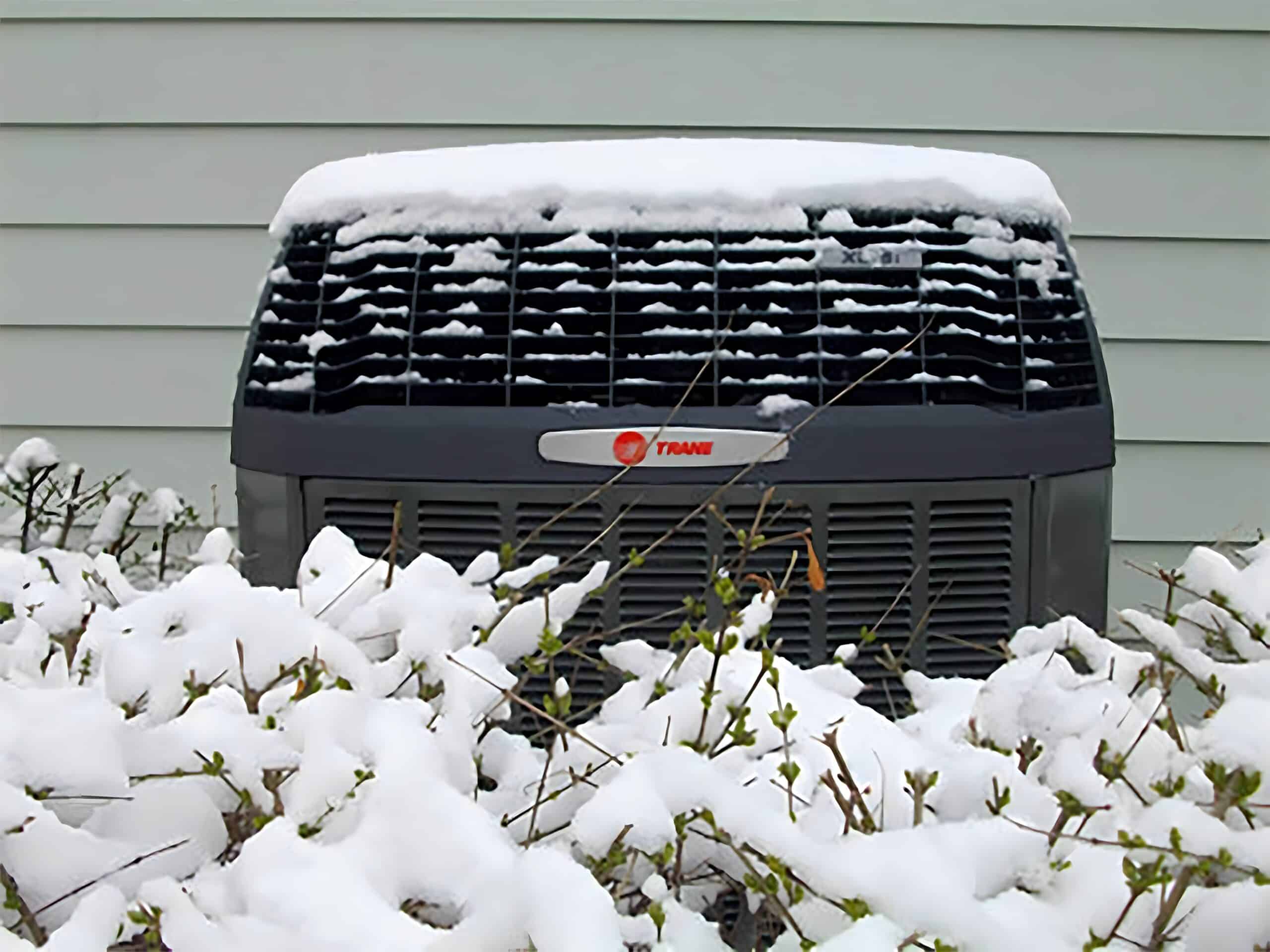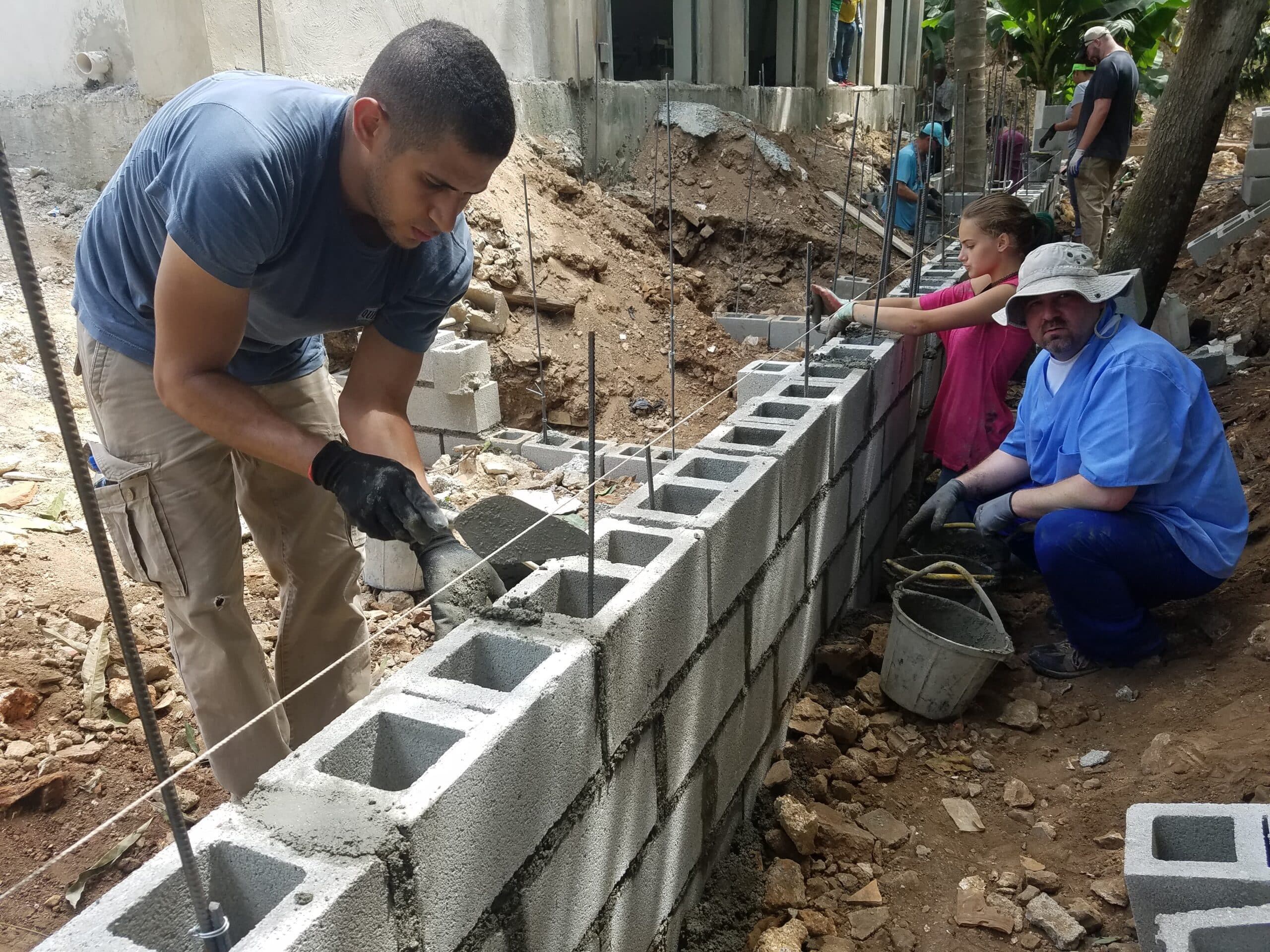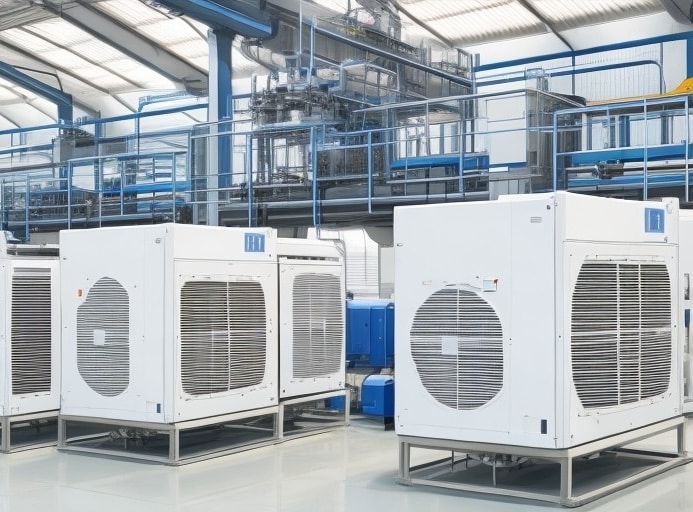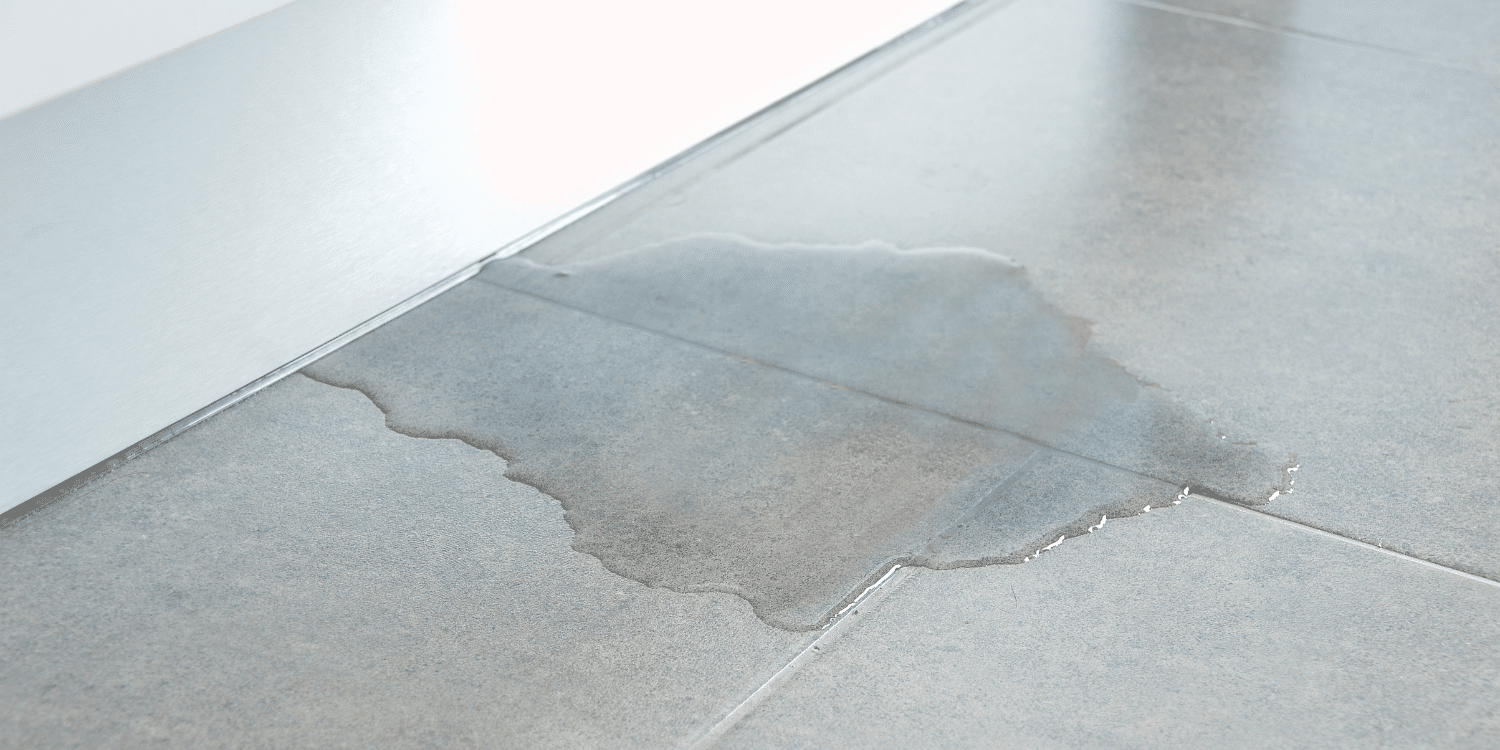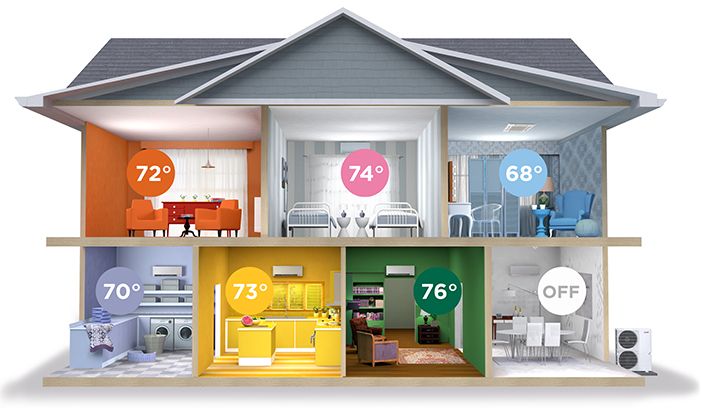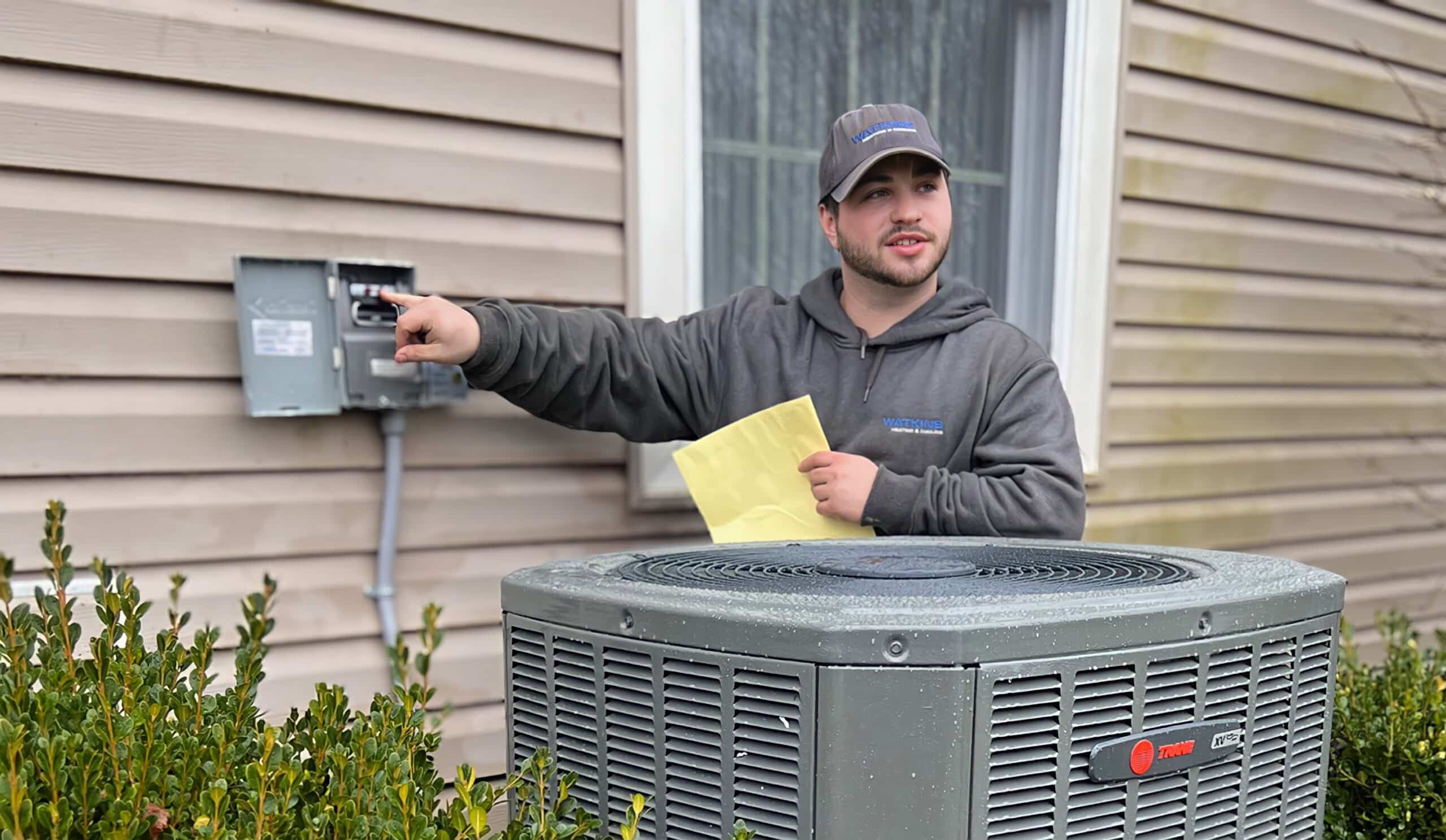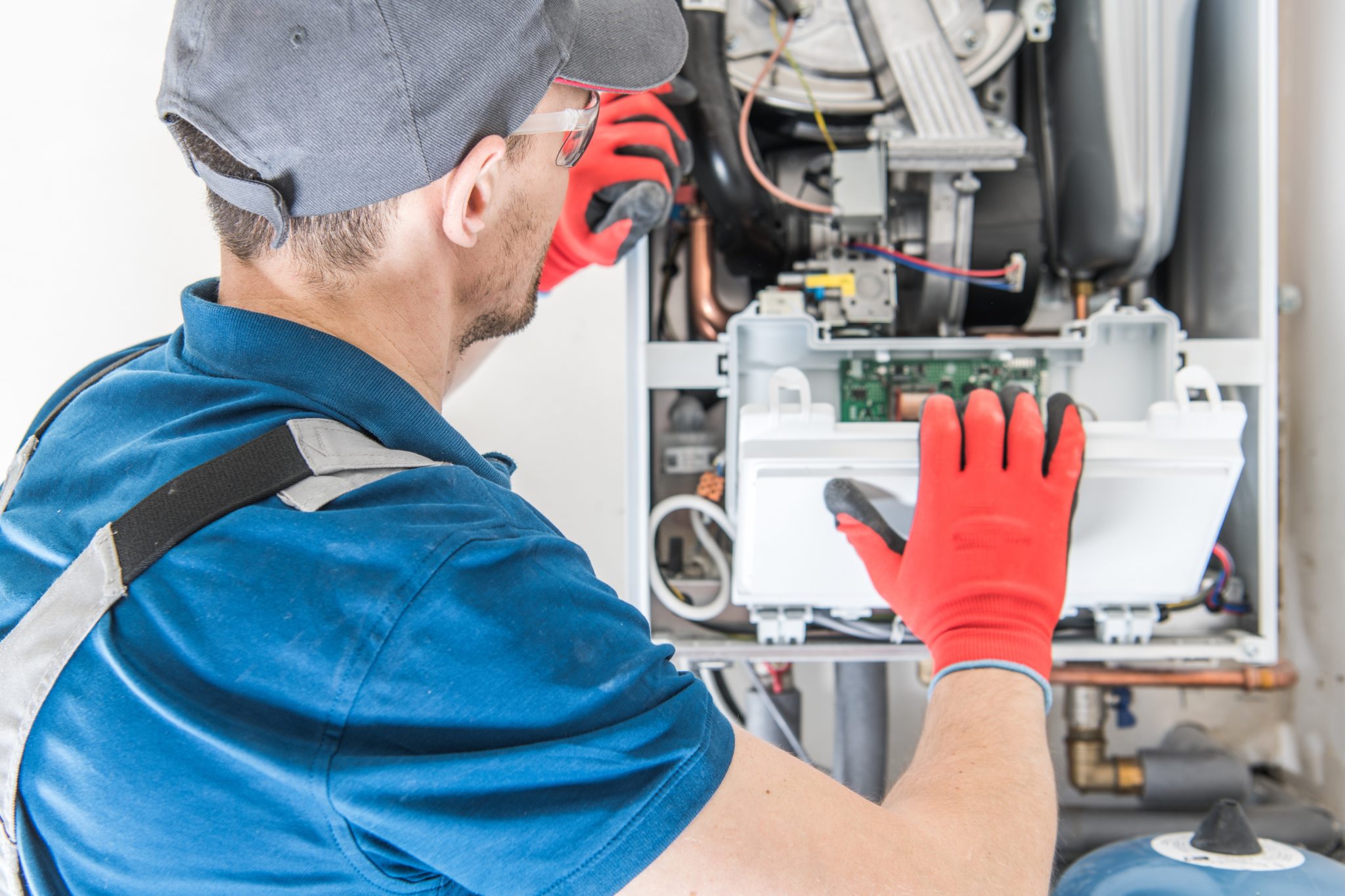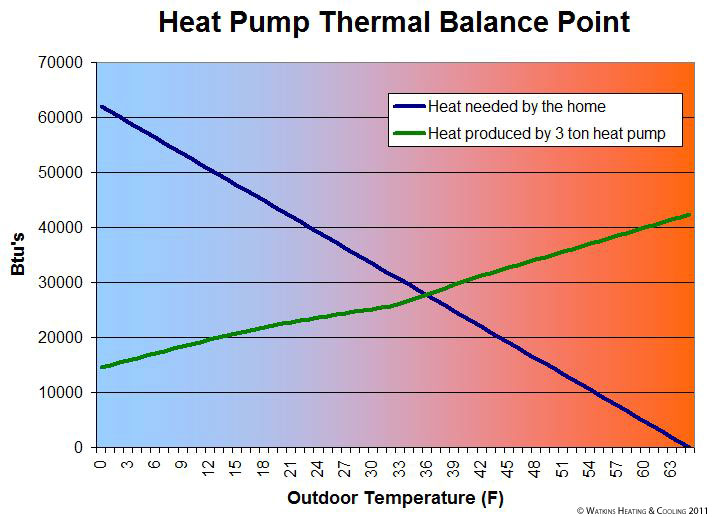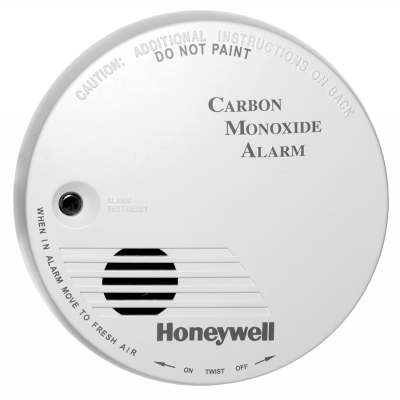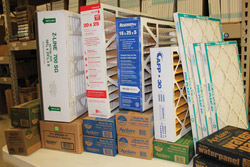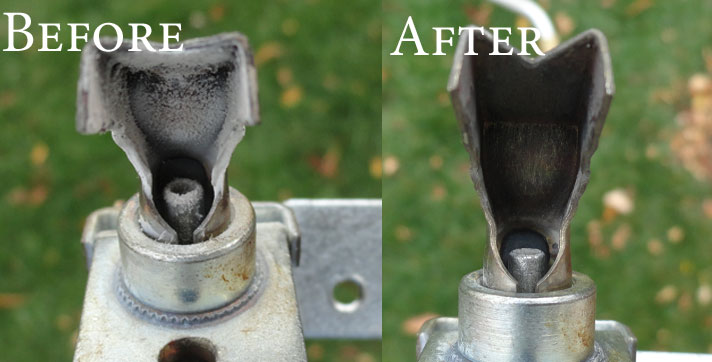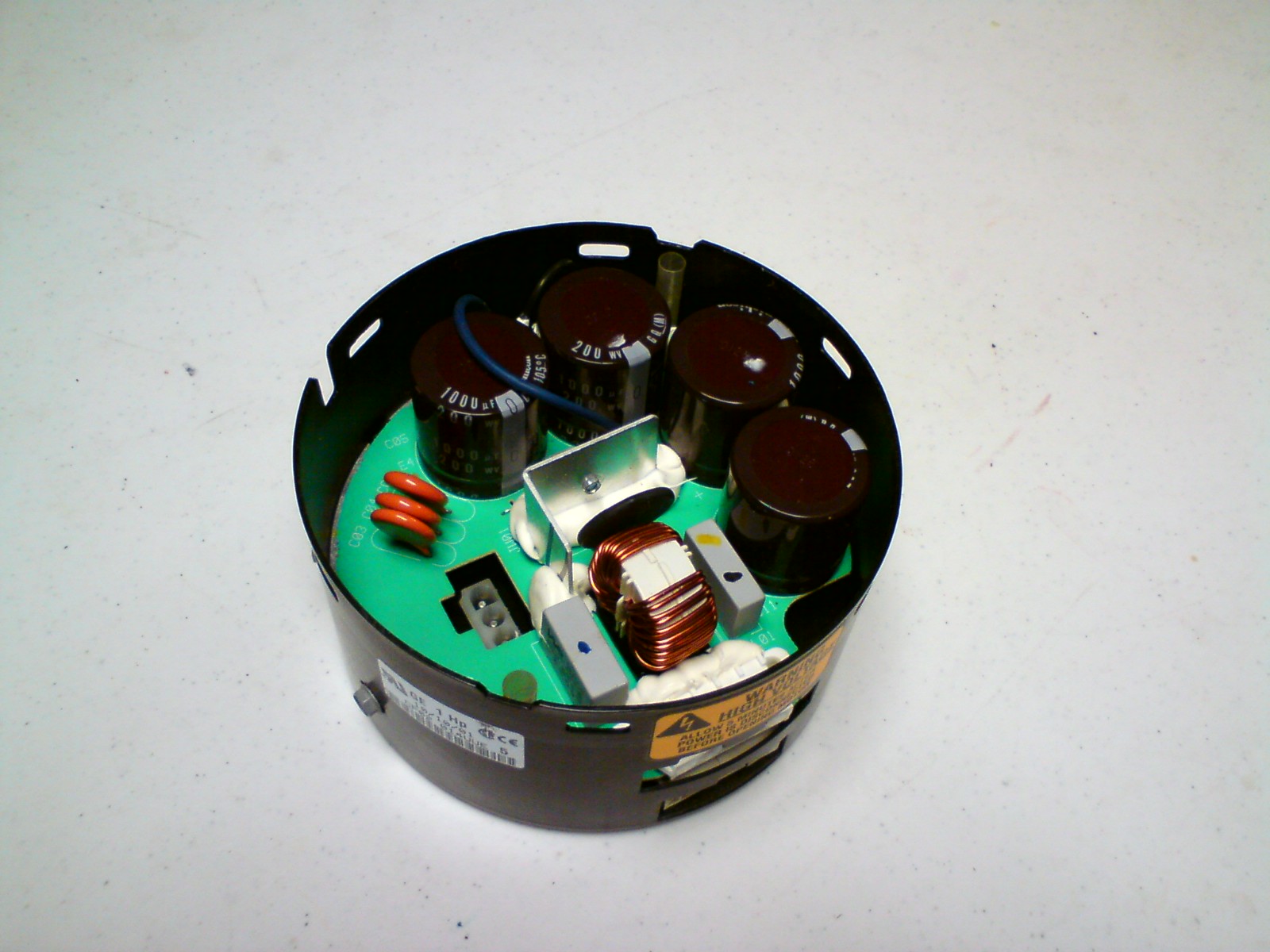Recognizing the Signs and Symptoms of Carbon Monoxide Poisoning
What is Carbon Monoxide?
Carbon monoxide gas (CO) is a deadly, invisible threat. Because carbon monoxide is a colorless, odorless, and tasteless gas, it can be very challenging to detect without specialized equipment and can lead to severe poisoning and death. CO is not something you should ever take lightly, as approximately 400 to 500 people die every year in the United States from non-fire-related carbon monoxide poisoning.
Carbon monoxide consists of one carbon atom and one oxygen atom and is produced through the incomplete combustion of any carbon-based fuel. This can occur in various appliances and systems within the home, especially those that burn fuel such as natural gas, oil, wood, or propane. Common household sources include furnaces, gas stoves, water heaters, and fireplaces.
What to Do in Case of Suspected Carbon Monoxide Poisoning
Before reading on, if you do suspect carbon monoxide poisoning, we always recommend you play it safe and immediately contact emergency services. Emergency services can dispatch help directly to your location and start pure oxygen therapy immediately. If you suspect CO poisoning, immediate action is crucial. Here are the three steps that you should take right away:
- Leave the Area: As soon as you suspect carbon monoxide exposure, evacuate immediately to a well-ventilated area with fresh air away from toxic fumes, ideally outside. Do not try to find the source of CO – leave that to the professionals.
- Call Emergency Services: After you’ve left the area of possible exposure, call emergency services immediately for assistance. An emergency medical team can begin treatment on site and assess whether further treatment is needed.
- Seek Medical Treatment: Even if symptoms appear mild, it is essential to seek medical attention from the emergency room or your healthcare provider. Medical professionals can administer oxygen or use hyperbaric oxygen therapy to help eliminate CO from your body more rapidly. Consulting your healthcare provider is never the wrong decision and can help prevent possible long-term damage.
- Have your equipment inspected: If your healthcare provider determined that your symptoms were indeed caused by CO poisoning, you should not enter the space. Have a licensed HVAC professional inspect, pinpoint and repair any problems and install CO detectors.
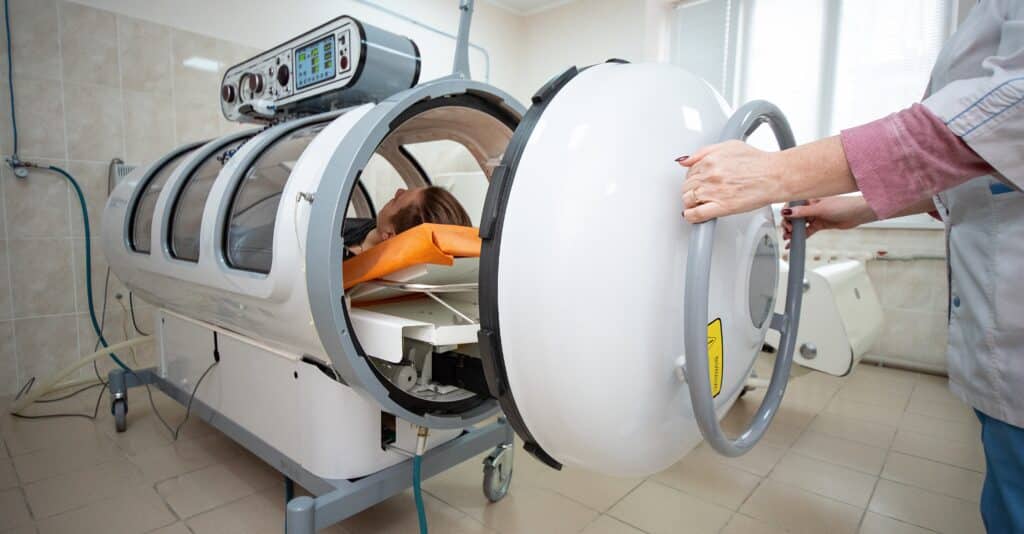
What is Carbon Monoxide Poisoning?
Carbon monoxide poisoning occurs when CO accumulates in the bloodstream. Once in your bloodstream, carbon monoxide binds to the hemoglobin in your red blood cells much more readily than oxygen, thus preventing your blood from absorbing and transporting oxygen.
The result is what we refer to as carbon monoxide poisoning and can lead to numerous health problems. Depending on the level and duration of exposure, the effects of CO poisoning can range from mild discomfort to severe health problems and even death.
Consider this alarming case I encountered with a family in Springboro, Ohio…
Our Watkins team received an emergency call from a family who were awakened in the middle of the night to the alarm sounds from their CO detector. The parents and children immediately rushed outside in their pajamas, vomiting onto the front lawn. I personally ran this service call and discovered that the cause of the CO leak was their furnace, which had recently been installed by a family friend who was not licensed in HVAC. The return air ducting was improperly connected, causing the furnace blower to pull fumes from the furnace flue and push them into the home. Though the furnace itself was not defective, the poor installation could have led to a devastating tragedy if not for the working CO detector. This scary incident highlights the deadly, unseen danger and the critical need for CO detectors in every home.
CO Has No Smell, Color, or Taste
Many families ask us if they can smell carbon monoxide fumes in their homes. While a poorly burning appliance may have an odor, carbon monoxide has no smell, color, or taste. Because CO is undetectable through human senses, it’s imperative to have a working carbon monoxide detector and to be on the lookout for the signs and symptoms below.
The primary indicators of exposure to this odorless gas are often physical symptoms experienced by people in your home. With CO’s air quality impact on your home, these symptoms can range from mild to life-threatening, depending on the level of carbon monoxide and your exposure time.
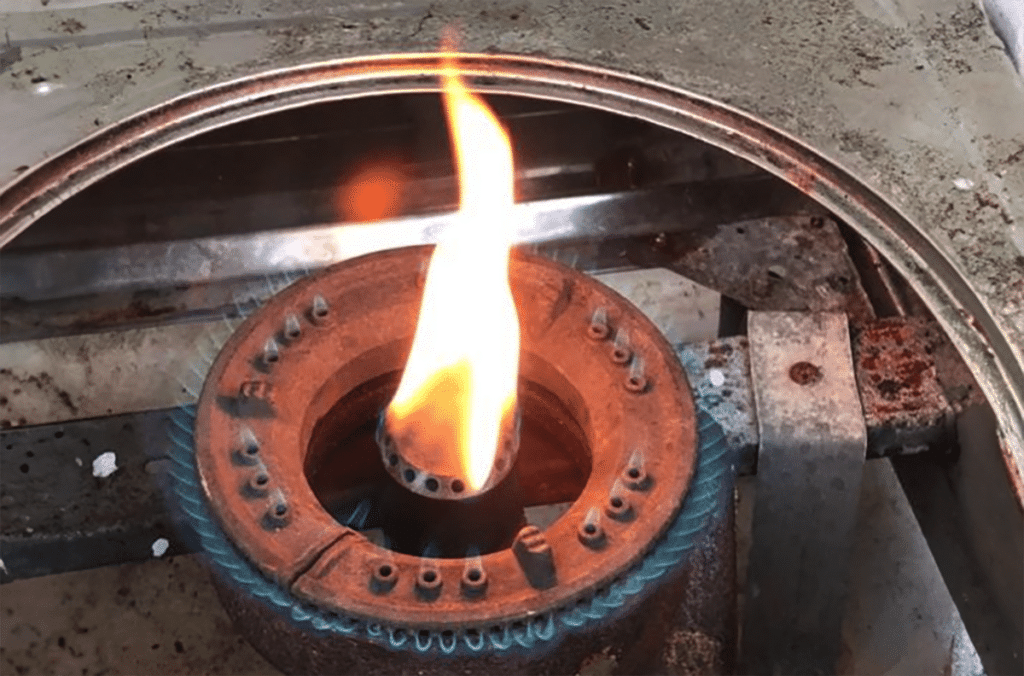
Signs of Carbon Monoxide Production
Detectors are certainly a key part of keeping your family safe from the risk of carbon monoxide. However, it is still extremely important to understand the associated signs and symptoms.
The average CO detector generally picks up levels of carbon monoxide above 30-40 ppm, so you may have health effects from lower levels before your detector goes off, and an enclosed space in your house shut away from the detector may have even higher levels before the alarm is triggered. We’ve also seen dozens of cases where a CO detector is not working properly, is past its lifespan, or its batteries need to be replaced.
Because detectors can occasionally fall short in these instances, it’s essential for homeowners to take a holistic approach. Recognizing the following signs of poorly operating appliances can help you get ahead of CO problems before they become life-threatening. Here’s what you need to watch for in your home:
- Soot or Smoke Stains: Keep an eye out for soot or smoke stains around your fuel-burning appliances and vents. Incomplete combustion produces both soot and carbon monoxide, indicating that your appliances aren’t operating efficiently. These visible stains are a warning sign that your appliances needs to be checked and serviced immediately.
- Yellow Flames: Any natural gas or propane appliance in your home should burn with a blue flame. A lazy yellow flame (or even orange) coming from a fuel appliance indicates incomplete combustion and increased carbon monoxide levels. To be clear, all gas appliances release small amounts of CO into the home, but the levels are typically very low. If you see yellow flames coming from your gas stove or range instead of blue flames, it’s time to call a professional for inspection.
- Increased Condensation: Watch for increased condensation on windows or walls. Combustion produces water vapor, and if exhaust fumes are leaking into your home, they will raise both humidity and carbon monoxide levels. This added moisture may be a sign that your fuel-burning appliances are not venting properly.
Acceptable CO Levels in PPM
To understand the impact of carbon monoxide on your home’s fresh air and on your body, we’ve created the following guide. The chart below will help you better understand the effect of various carbon monoxide levels in your home in parts per million (ppm), the associated symptoms as CO levels rise, and the timeframe for those symptoms. Keep in mind that these symptoms vary depending on many factors, such as the age and pre-existing health of the person. Additionally, the higher the concentration of CO in the air, and the longer the duration of exposure, the more severe these symptoms escalate.
Remember that the following are guidelines, not definitive diagnoses, and you should always contact emergency services if you ever suspect CO poisoning:
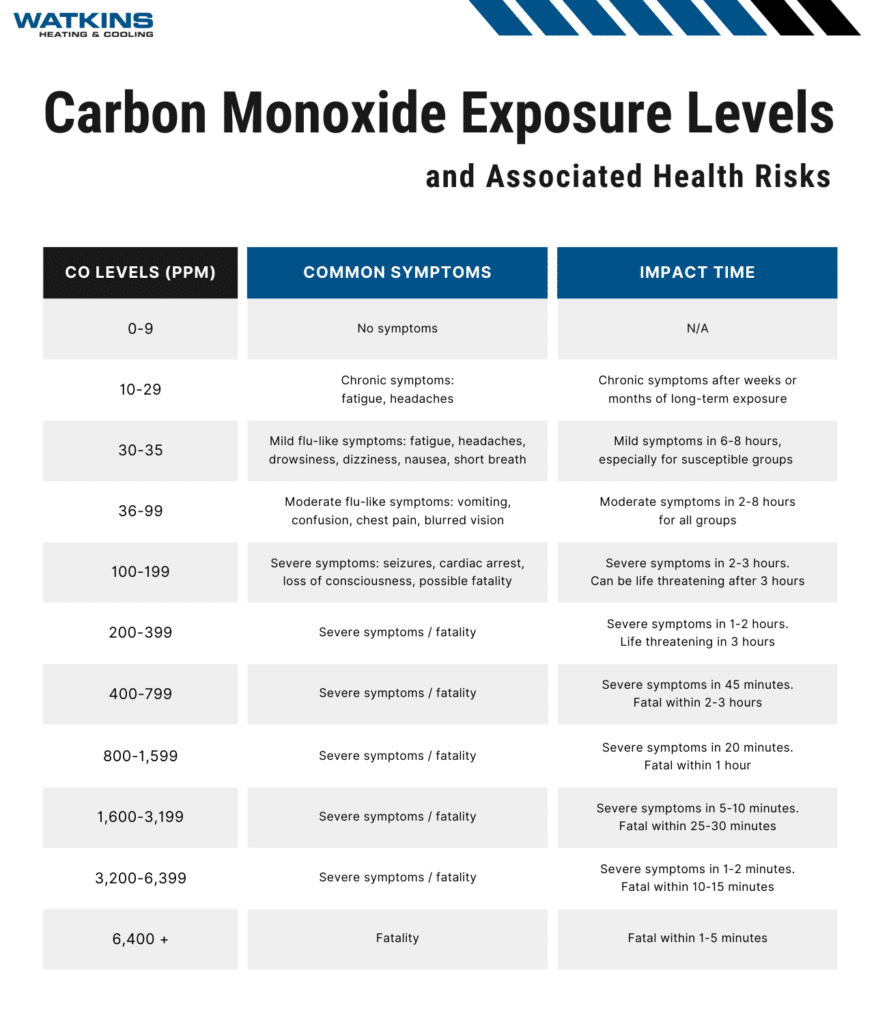
Download the CO Exposure Levels Health Risk Infographic Chart
| CO Levels (PPM) | Common Symptoms | Impact Time |
| 0-9 | No symptoms | N/A |
| 10-29 | Chronic symptoms: fatigue, headaches | Chronic symptoms after weeks or months of long-term exposure |
| 30-35 | Mild flu-like symptoms: fatigue, headaches, drowsiness, dizziness, nausea, short breath | Mild symptoms in 6-8 hours, especially for susceptible groups |
| 36-99 | Moderate flu-like symptoms: vomiting, confusion, chest pain, blurred vision | Moderate symptoms in 2-8 hours for all groups |
| 100-199 | Severe symptoms: seizures, cardiac arrest, loss of consciousness, possible fatality | Severe symptoms in 2-3 hours. Can be life threatening after 3 hours |
| 200-399 | Severe symptoms / fatality | Severe symptoms in 1-2 hours. Life threatening in 3 hours |
| 400-799 | Severe symptoms / fatality | Severe symptoms in 45 minutes. Fatal within 2-3 hours |
| 800-1,599 | Severe symptoms / fatality | Severe symptoms in 20 minutes. Fatal within 1 hour |
| 1,600-3,199 | Severe symptoms / fatality | Severe symptoms in 5-10 minutes. Fatal within 25-30 minutes |
| 3,200-6,399 | Severe symptoms / fatality | Severe symptoms in 1-2 minutes. Fatal within 10-15 minutes |
| 6,400 + | Fatality | Fatal within 1-5 minutes |
Mild Symptoms of Carbon Monoxide Poisoning
Mild symptoms of carbon monoxide poisoning are often mistaken for common illnesses like the flu, which makes early detection challenging. These flu-like symptoms can develop even with relatively low levels of exposure (between 10 ppm and 35 ppm) and should be investigated:
- Headaches: CO headaches are often described as dull and persistent, but can escalate as exposure continues. Be on the lookout if multiple people in your home experience similar simultaneous headaches.
- Shortness of Breath: Even at low levels, CO can affect your body’s ability to transport oxygen, leading to feelings of breathlessness, especially during physical activity.
- Nausea: Similar to when you have the flu, nausea from carbon monoxide poisoning is persistent and not relieved by typical medicine and remedies.
- Drowsiness: Carbon monoxide can cause significant fatigue and drowsiness, even after you’ve gotten plenty of rest.
- Dizziness: CO exposure may cause dizziness and lightheadedness, affecting your balance and coordination.
Moderate Symptoms of Carbon Monoxide Poisoning
As CO levels rise above 36 ppm, symptoms become more pronounced and dangerous. Moderate symptoms indicate dangerous amounts of carbon monoxide in your home and require immediate action:
- Confusion: Higher levels of CO often affect brain function, leading to confusion and disorientation. This might present as trouble concentrating, memory problems, or difficulty performing simple tasks.
- Blurred Vision: Vision may become impaired or blurred because of insufficient oxygen reaching the eyes and brain. This symptom often accompanies dizziness and confusion.
- Chest Pain: CO exposure forces the heart to work harder and make up for reduced oxygen in the blood. This can cause chest pain and discomfort similar to common symptoms of angina.
- Vomiting: While general nausea is associated with lower levels of CO poisoning, vomiting is a sign of higher levels and more serious CO poisoning. Persistent vomiting, especially among multiple people, is a critical warning sign.
Severe Symptoms of Carbon Monoxide Poisoning
Severe symptoms of CO poisoning are life-threatening and require urgent medical intervention. These symptoms indicate a high level of exposure (above 100 ppm) and significant oxygen deprivation:
- Intense Headaches: Lower levels of CO exposure often cause moderate headaches. However, experiencing intense, debilitating headaches may indicate severe carbon monoxide poisoning. Such headaches, often described as throbbing or pulsating, demand urgent medical attention.
- Loss of Consciousness: Fainting or passing out due to CO exposure can be a life or death situation. Lost consciousness indicates severe oxygen deprivation affecting the brain, and emergency services should be contacted immediately.
- Seizures: Carbon monoxide poisoning can trigger seizures, which are sudden electrical disturbances in the brain. This is a critical condition that can lead to permanent brain damage if not treated right away.
- Cardiac Arrest: In extreme cases, CO poisoning can cause cardiac arrest, where the heart stops beating. Immediate CPR and emergency medical treatment are essential to save the person’s life.
Long-term Health Effects of CO
Carbon monoxide not only damages your health during the time you’re exposed, but it can also have severe lasting health effects. Minutes of exposure to high levels of CO or even prolonged exposure to low levels can lead to long-term health problems:
- Movement Issues: Prolonged exposure can affect the nervous system, leading to issues down the road with movement, motor skills, balance, and coordination.
- Memory Loss: CO exposure can cause long-term damage to brain cells, affecting your cognitive and memory functions.
- Brain Damage: Prolonged oxygen deprivation in serious cases of CO poisoning can result in lasting neurological damage.
Does Carbon Monoxide Cause Cancer?
Carbon monoxide (CO) itself has not been proven to cause cancer. However, CO is often found alongside pollutants that are known to cause cancer, such as the carcinogens in cigarette smoke and car exhaust.

Risk Factors and Medical Conditions: Age and Health Status
While CO exposure can affect anyone and everyone, there are specific groups at higher risk for carbon monoxide poisoning. It’s important to be aware if you or your family fall into these susceptible groups:
- Infants and Elderly: Age plays a large role in how an individual is affected by carbon monoxide. Infants have faster breathing and higher metabolic rates which making them more susceptible to CO. The elderly are more likely to have chronic issues that exacerbate CO poisoning. Older adults’ bodies are also less capable of processing, expelling and recovering from toxins like carbon monoxide.
- Pets: Any animals living in your home are at a higher risk for carbon monoxide poisoning due to their smaller size and higher respiratory rates. They often exhibit symptoms like trouble breathing, lethargy, and vomiting even before humans notice any signs. Ensure your pets are in a well-ventilated environment and be vigilant for any signs of CO poisoning.
- Pregnant Women: Women in the midst of pregnancy are at a higher risk for carbon monoxide poisoning due to their increased metabolic rate. CO can also pass from the mother to the baby, potentially harming the developing fetus and causing complications such as low birth weight or developmental issues.
- Smokers: Smokers have increased risk because they already have elevated CO levels in their blood. Smoking introduces CO into the bloodstream, adding onto the effects of any environmental carbon monoxide.
- Pre-existing Health Conditions: Those who need supplemental oxygen or have cardiovascular conditions are at higher risk. Individuals with respiratory conditions such as asthma or chronic obstructive pulmonary disease (COPD) are especially vulnerable.
Prevention and Safety Measures
In our detailed post on preventing CO poisoning and choosing the best carbon monoxide detectors, we delve into the various types of detectors and their essential role in safeguarding your family.
By staying informed and conducting regular maintenance checks, you can proactively minimize the risk of carbon monoxide leaks. Remember, at the first sign of trouble, always contact emergency services immediately to ensure your family’s health. Stay vigilant and stay safe!

